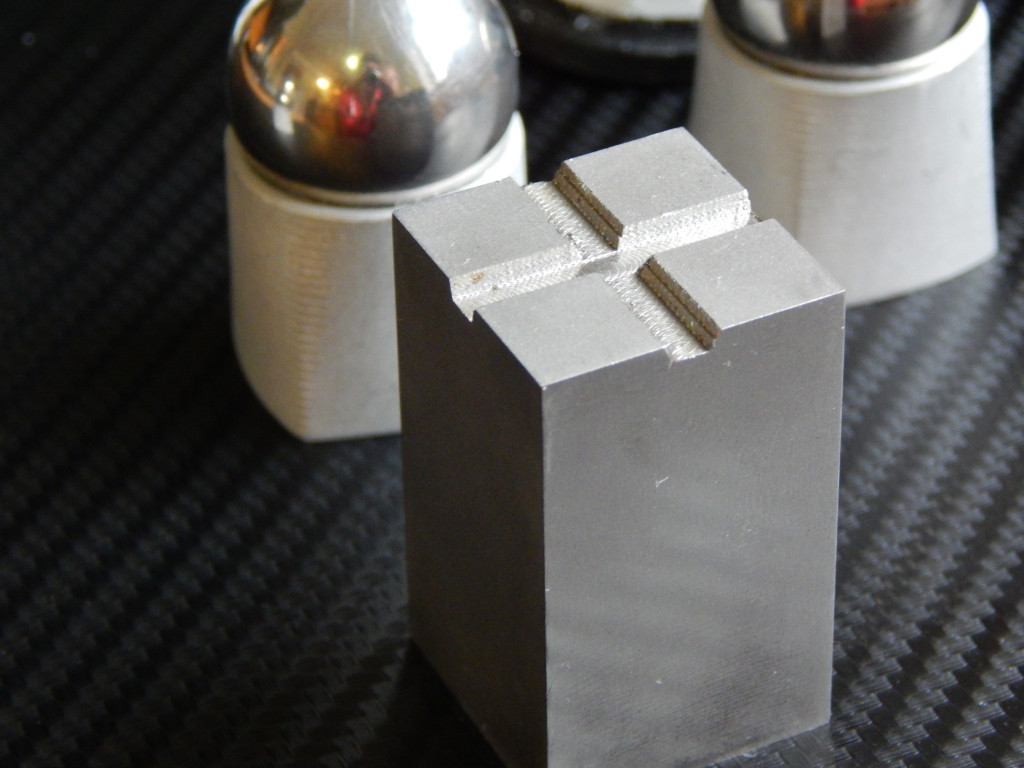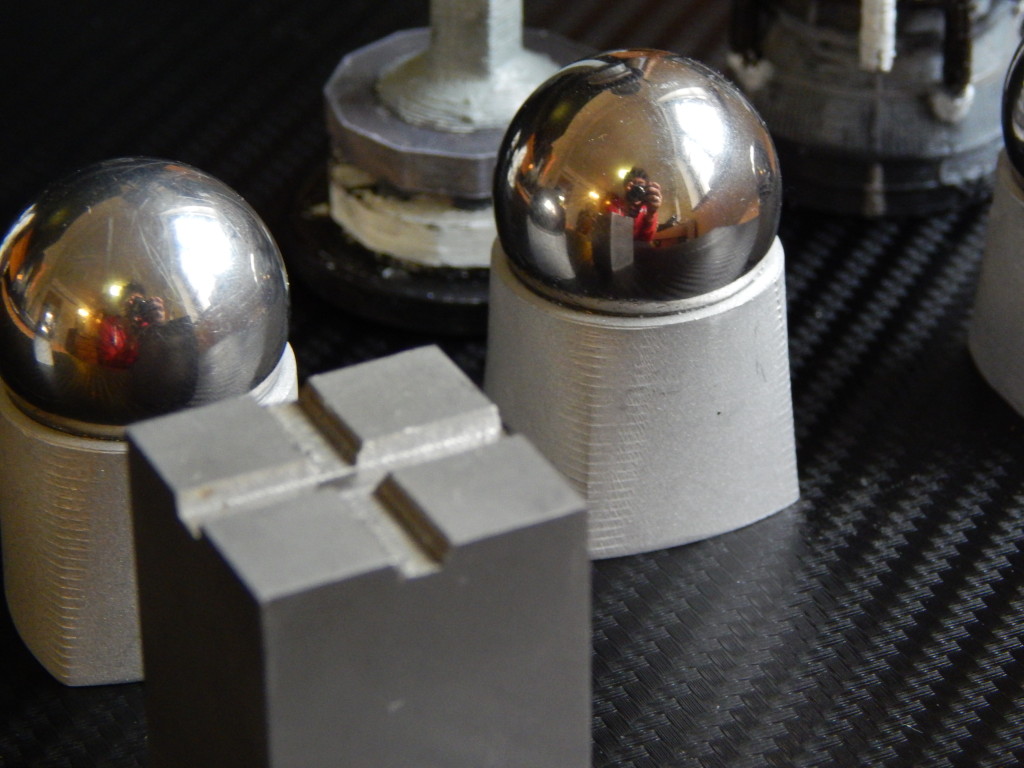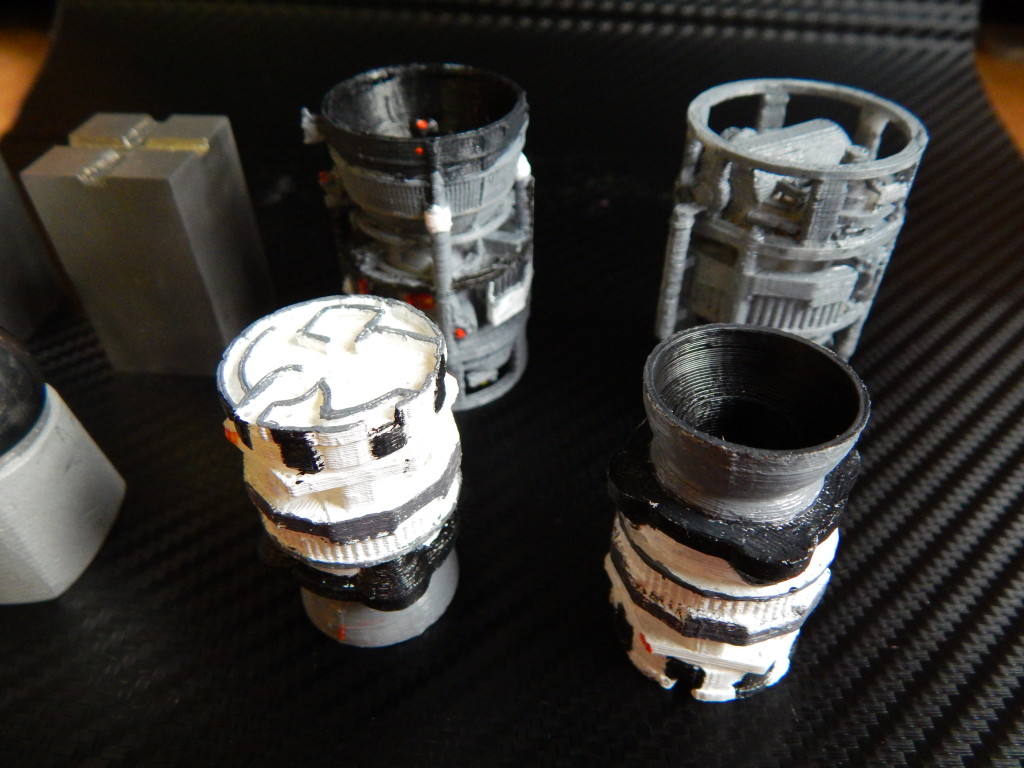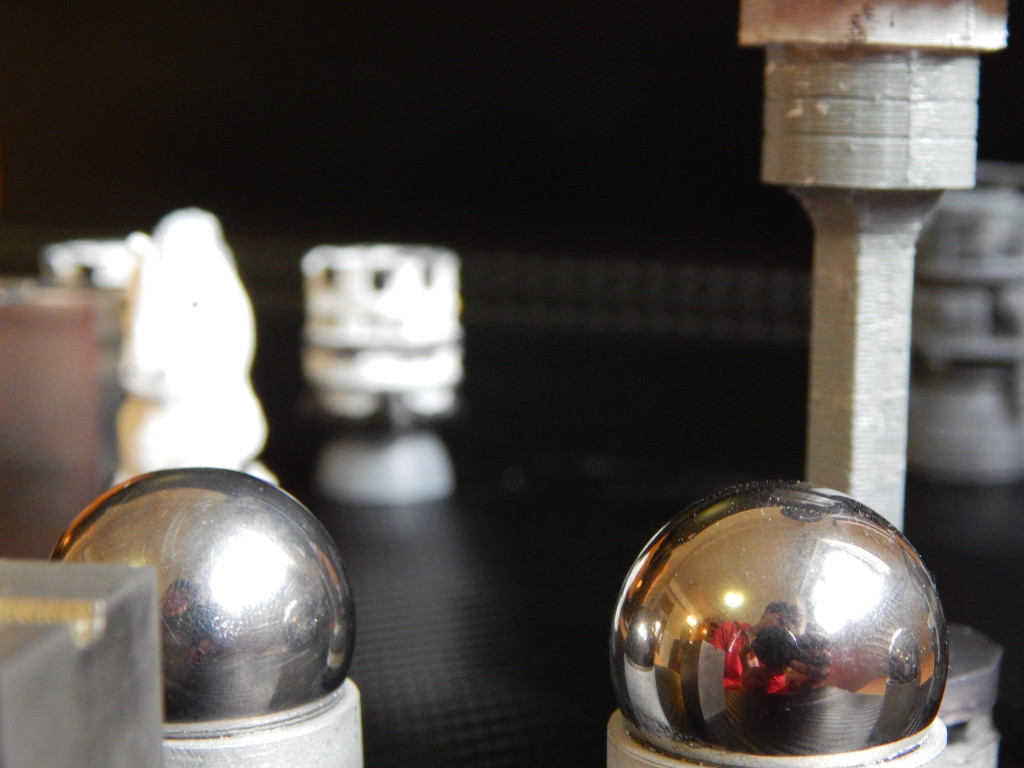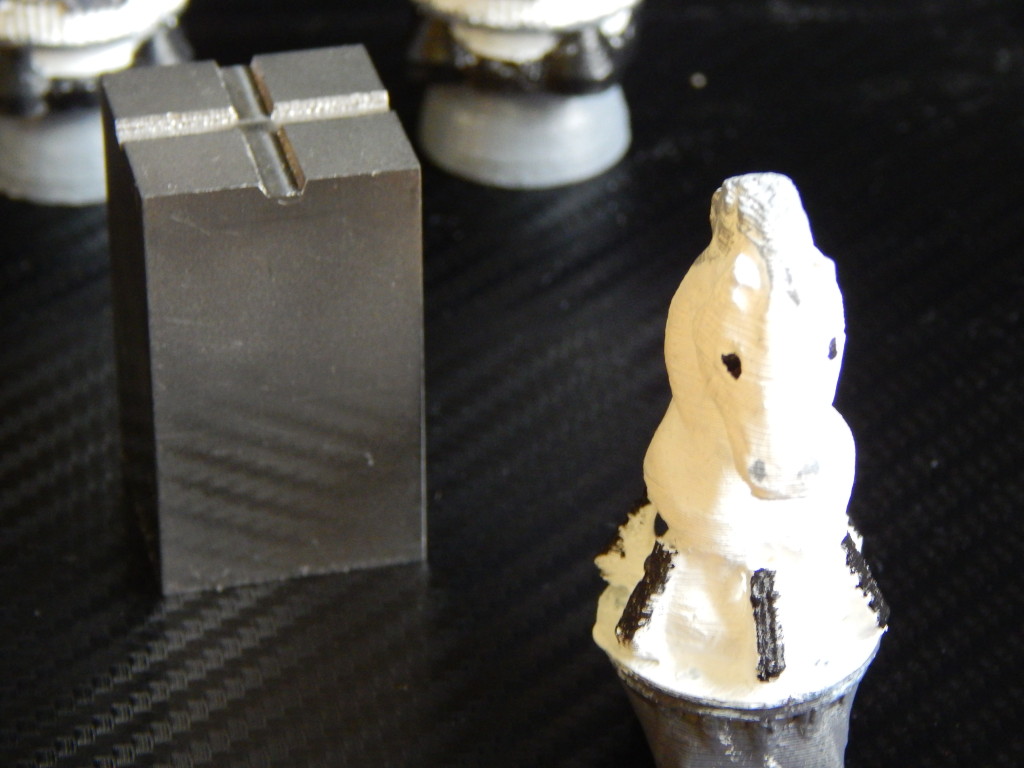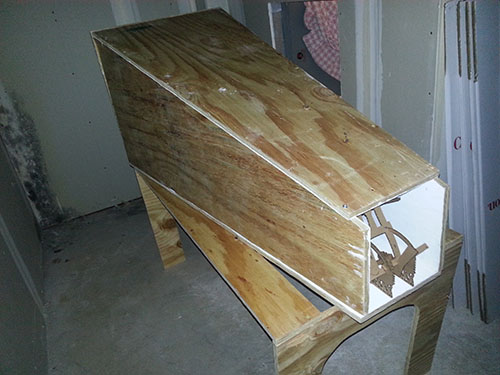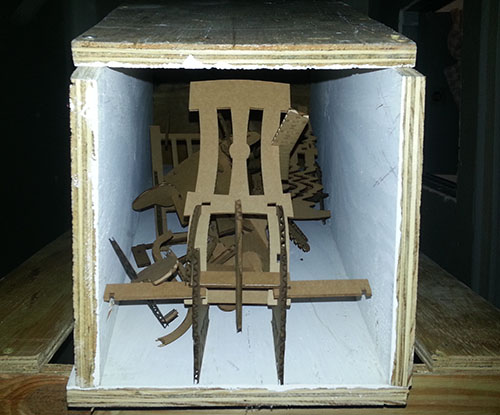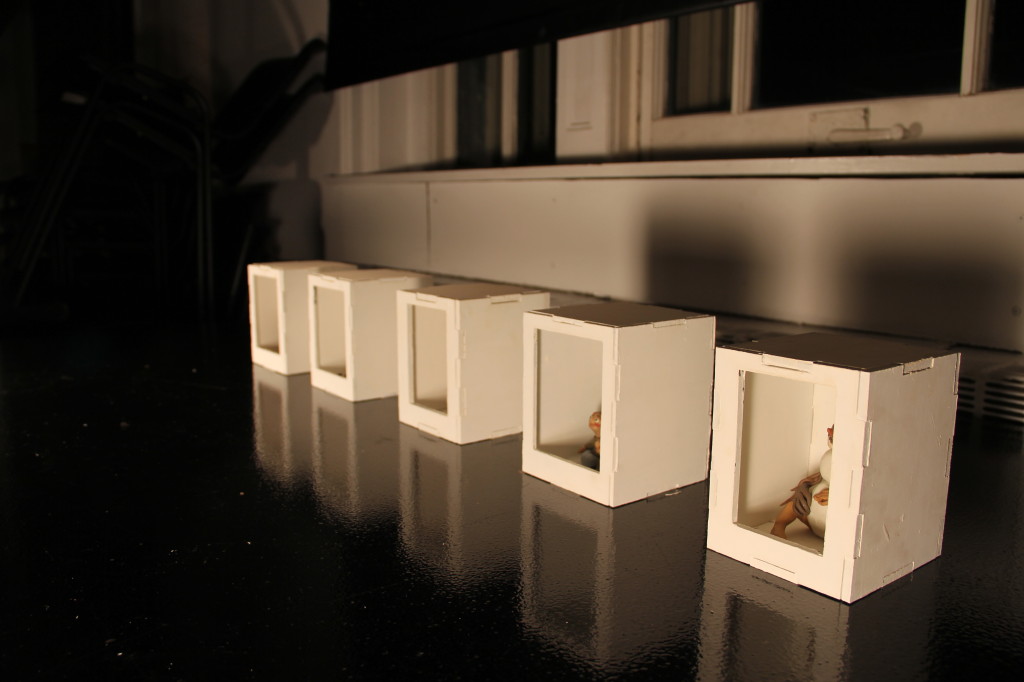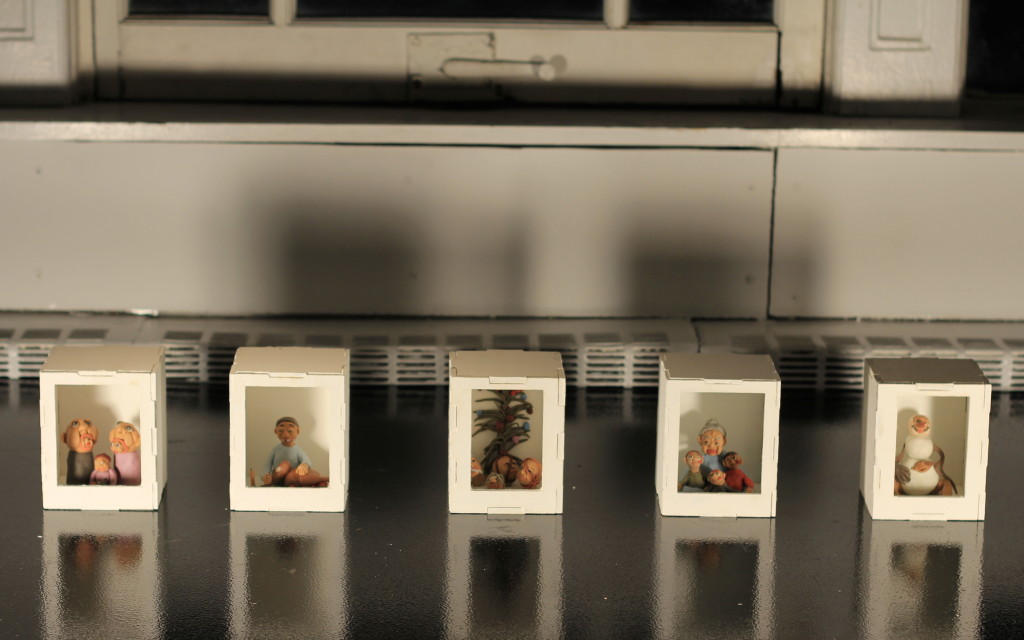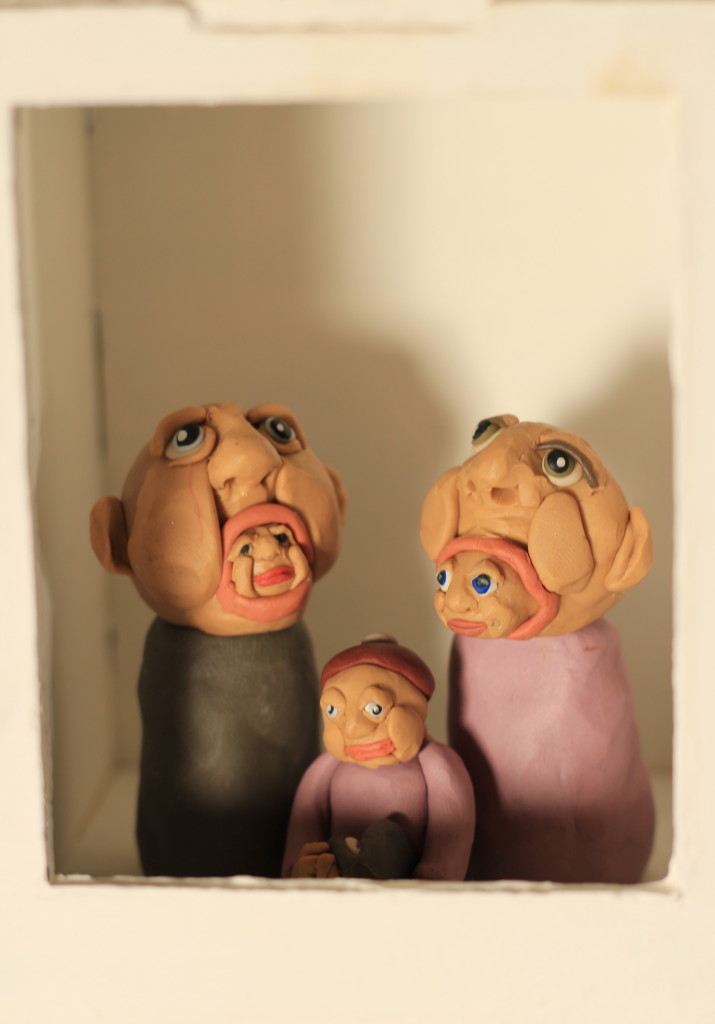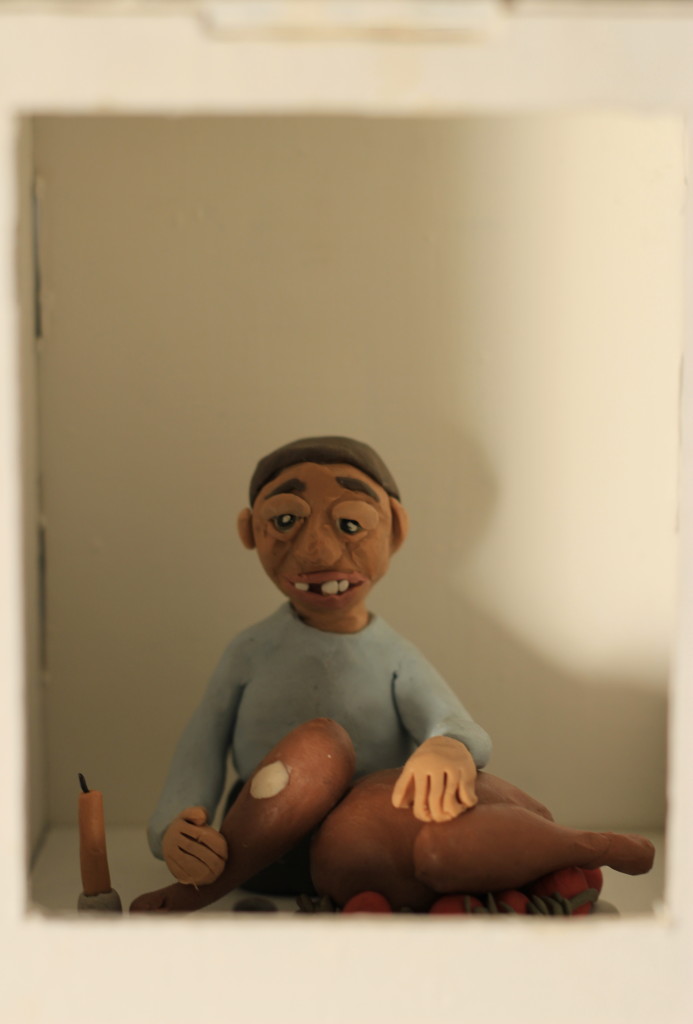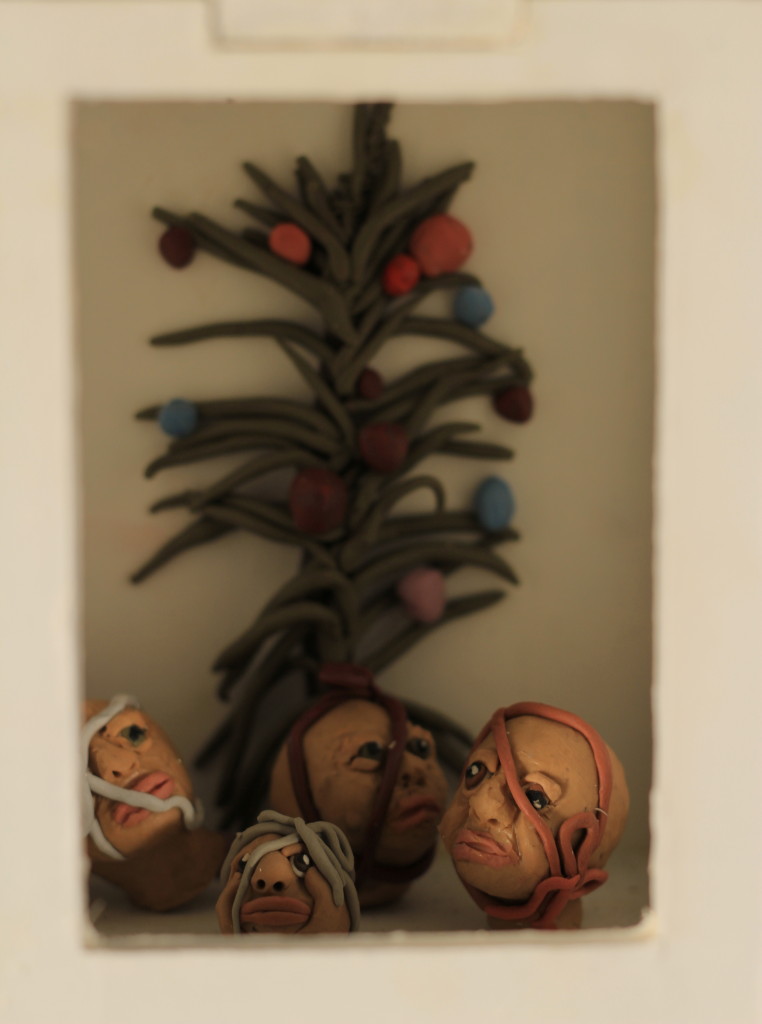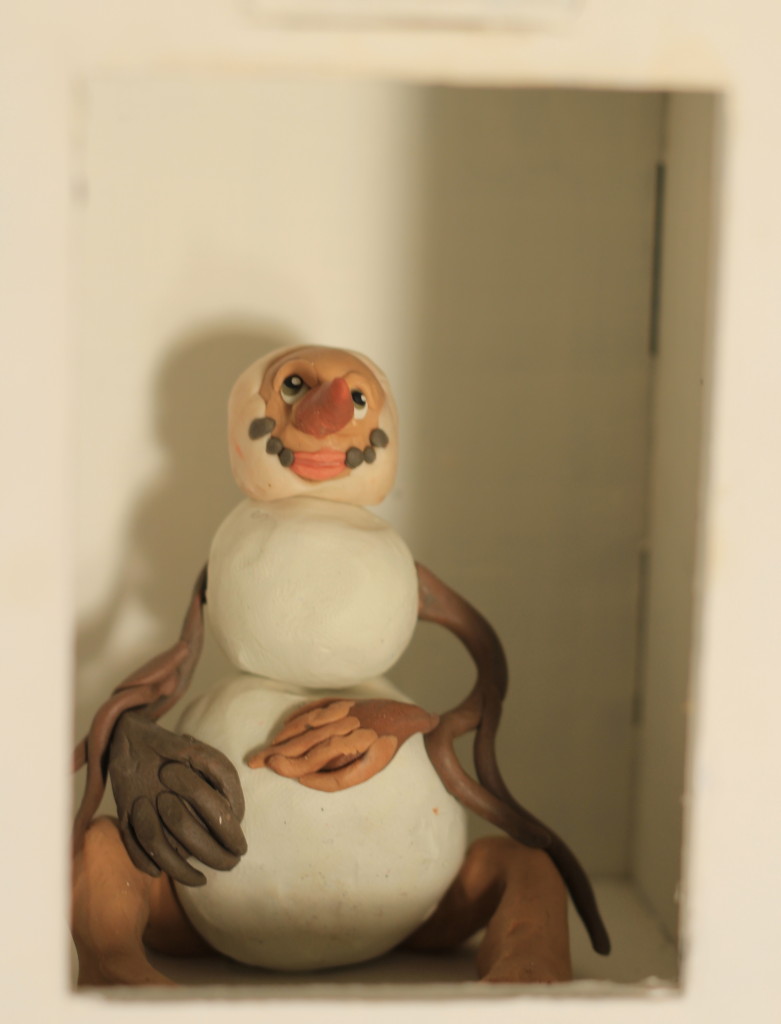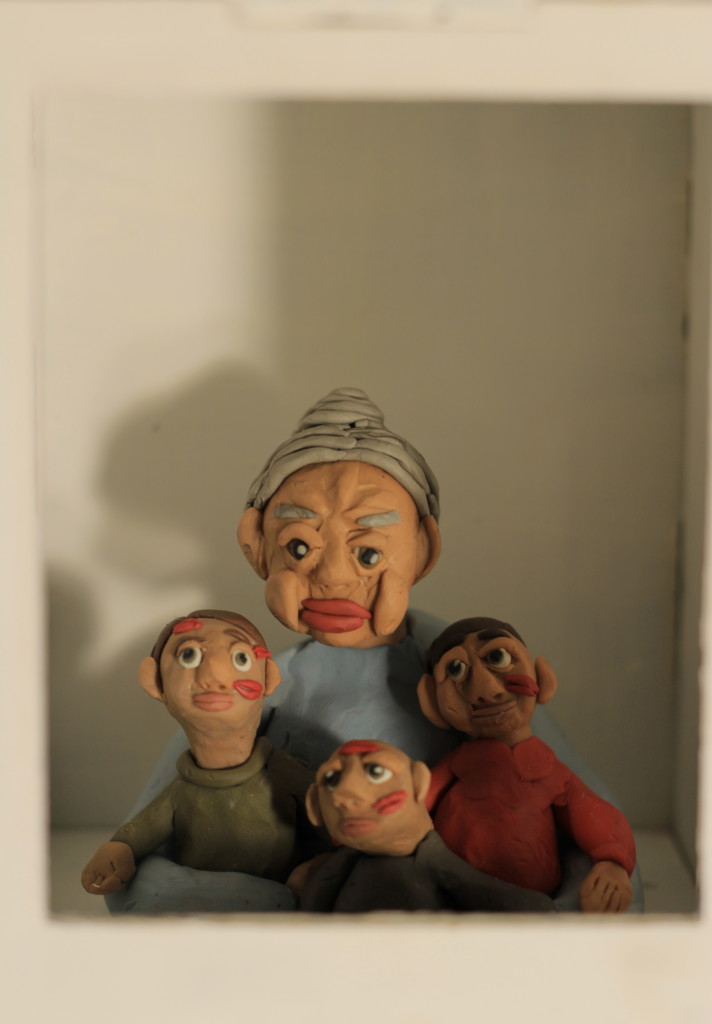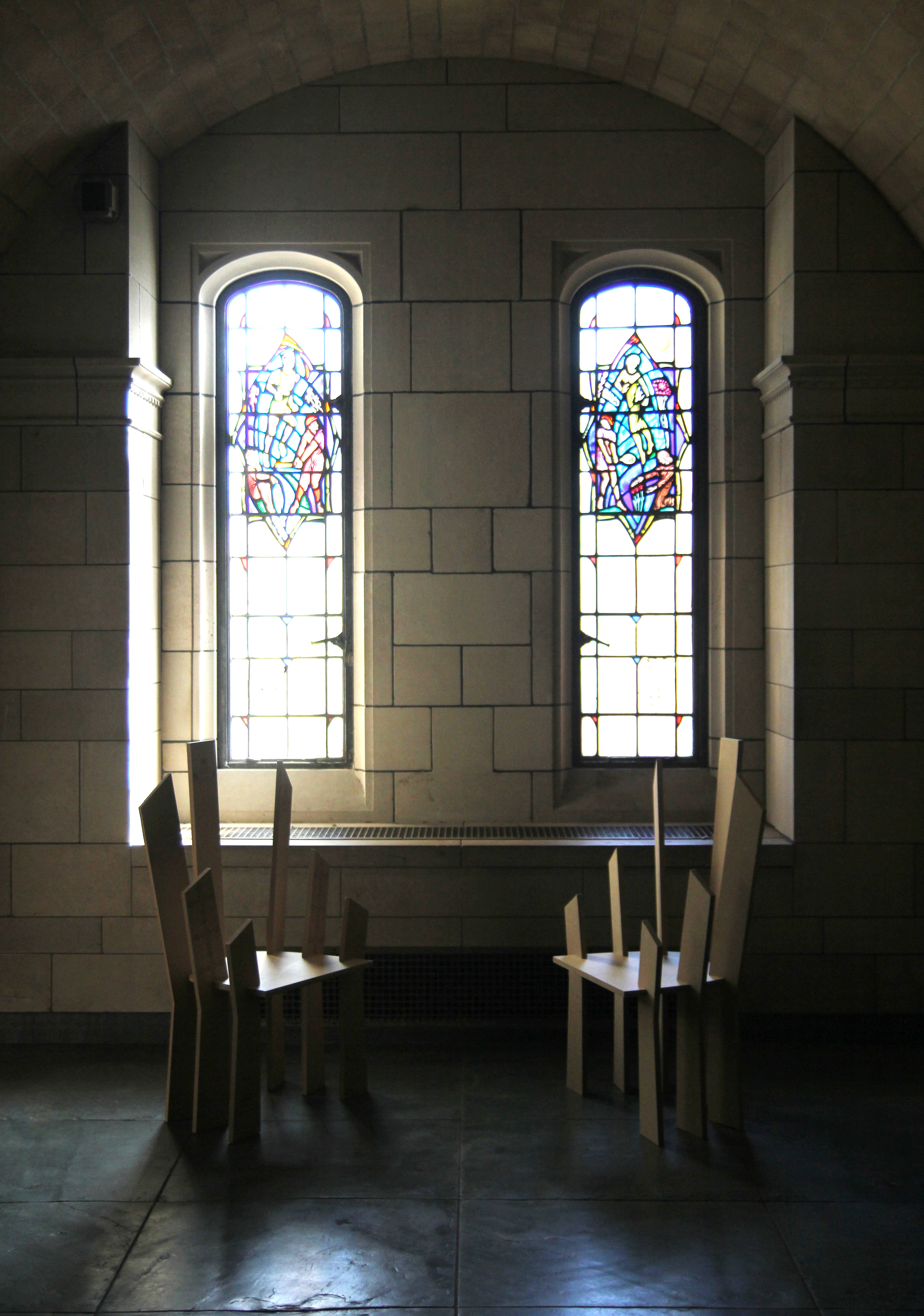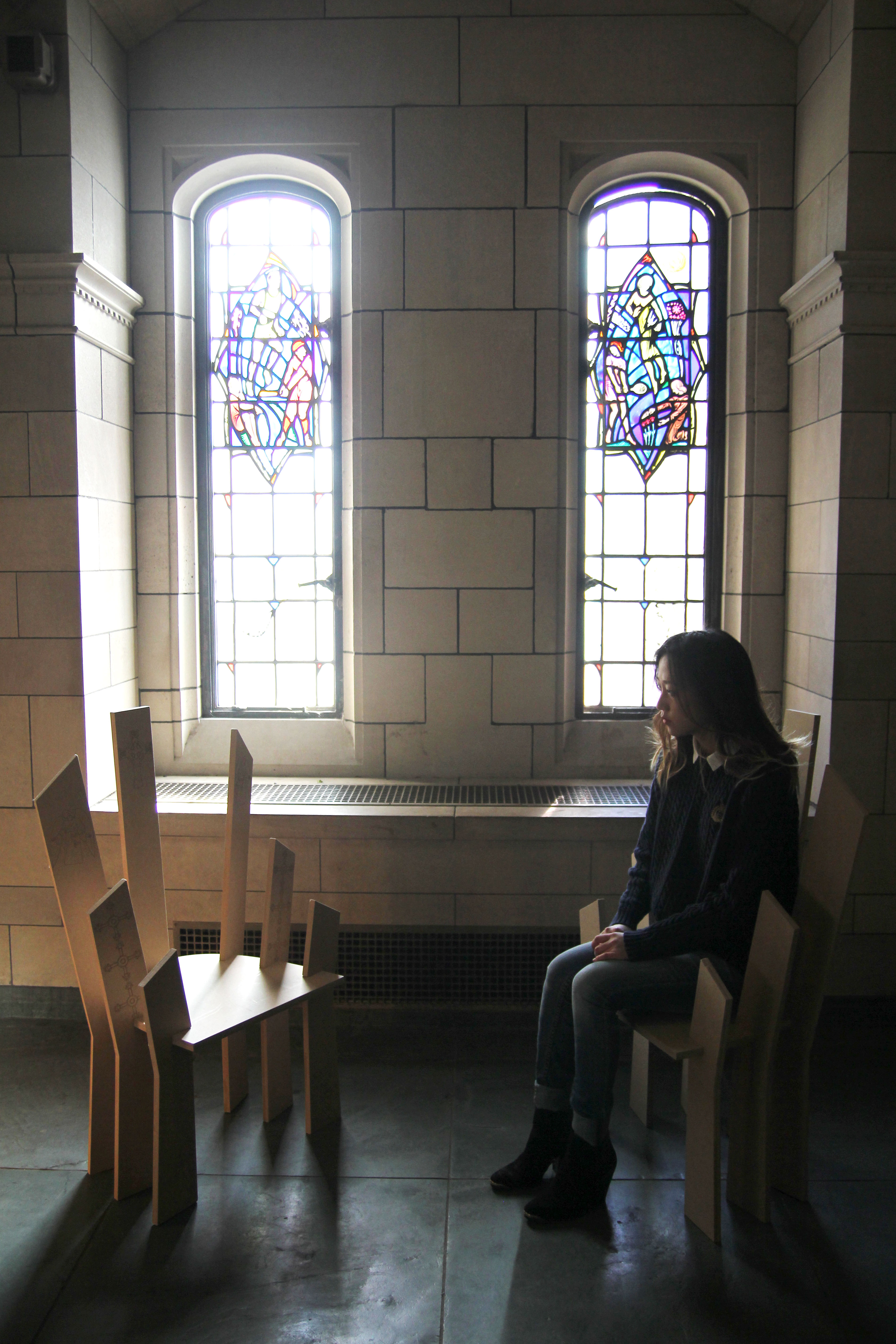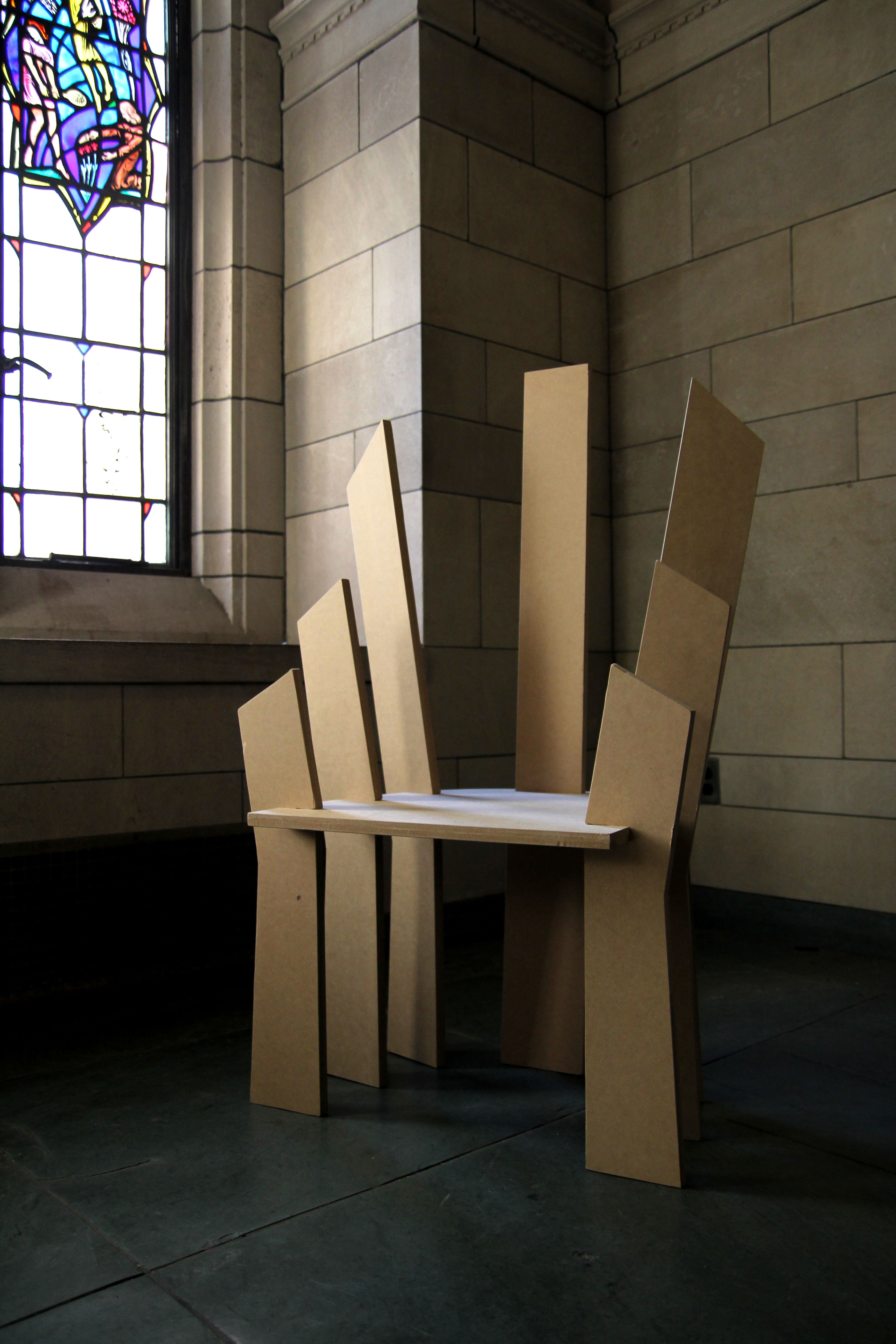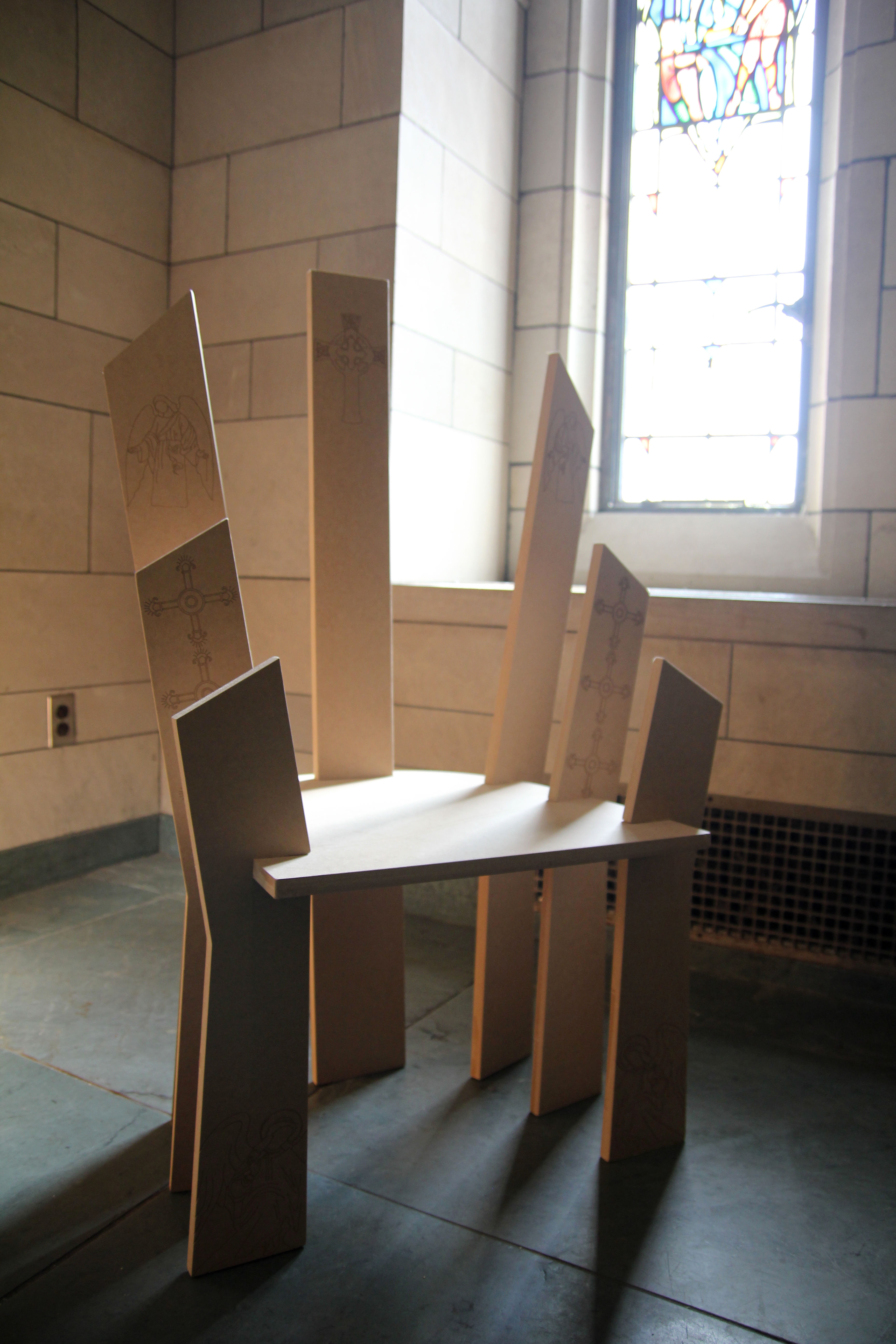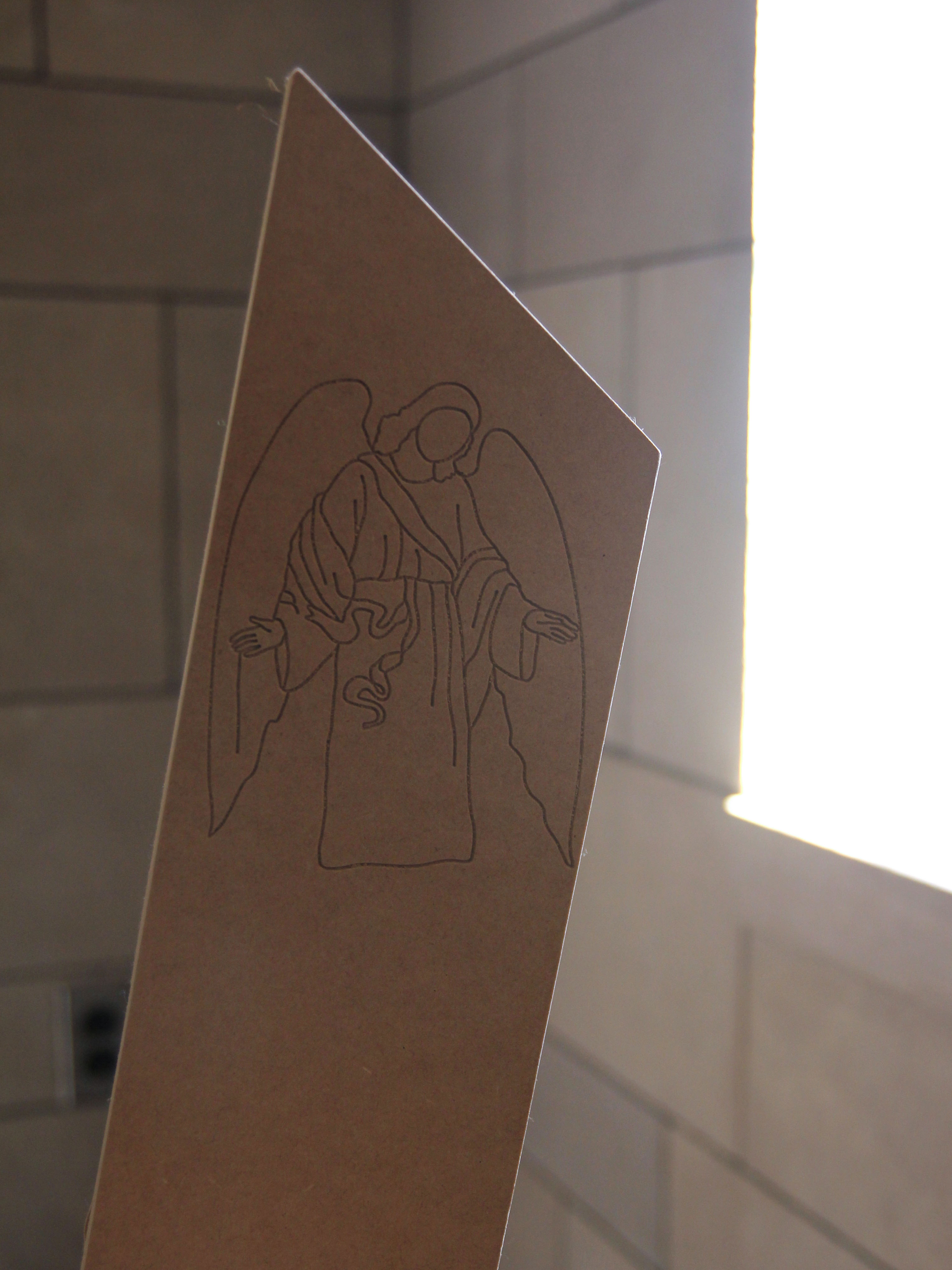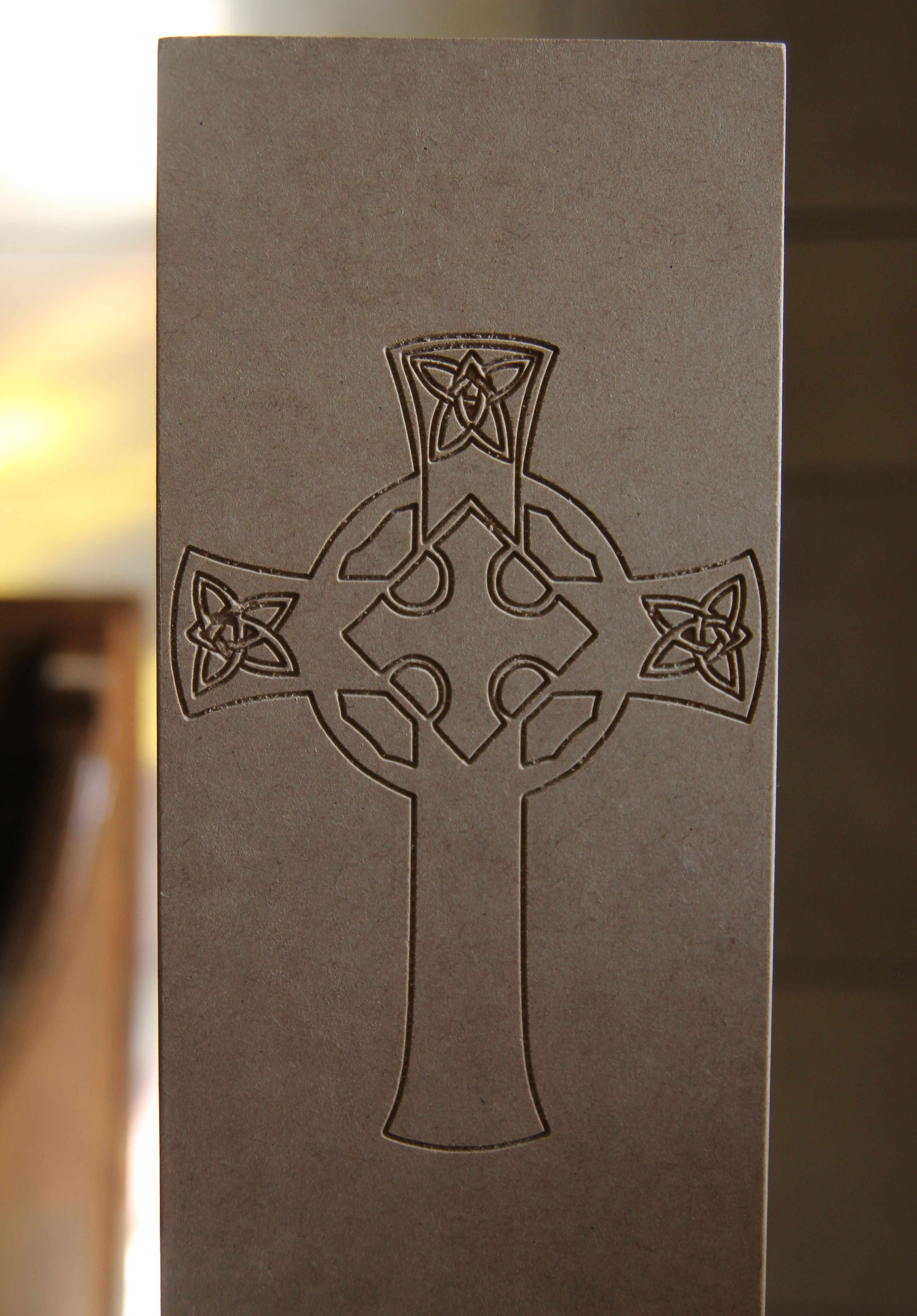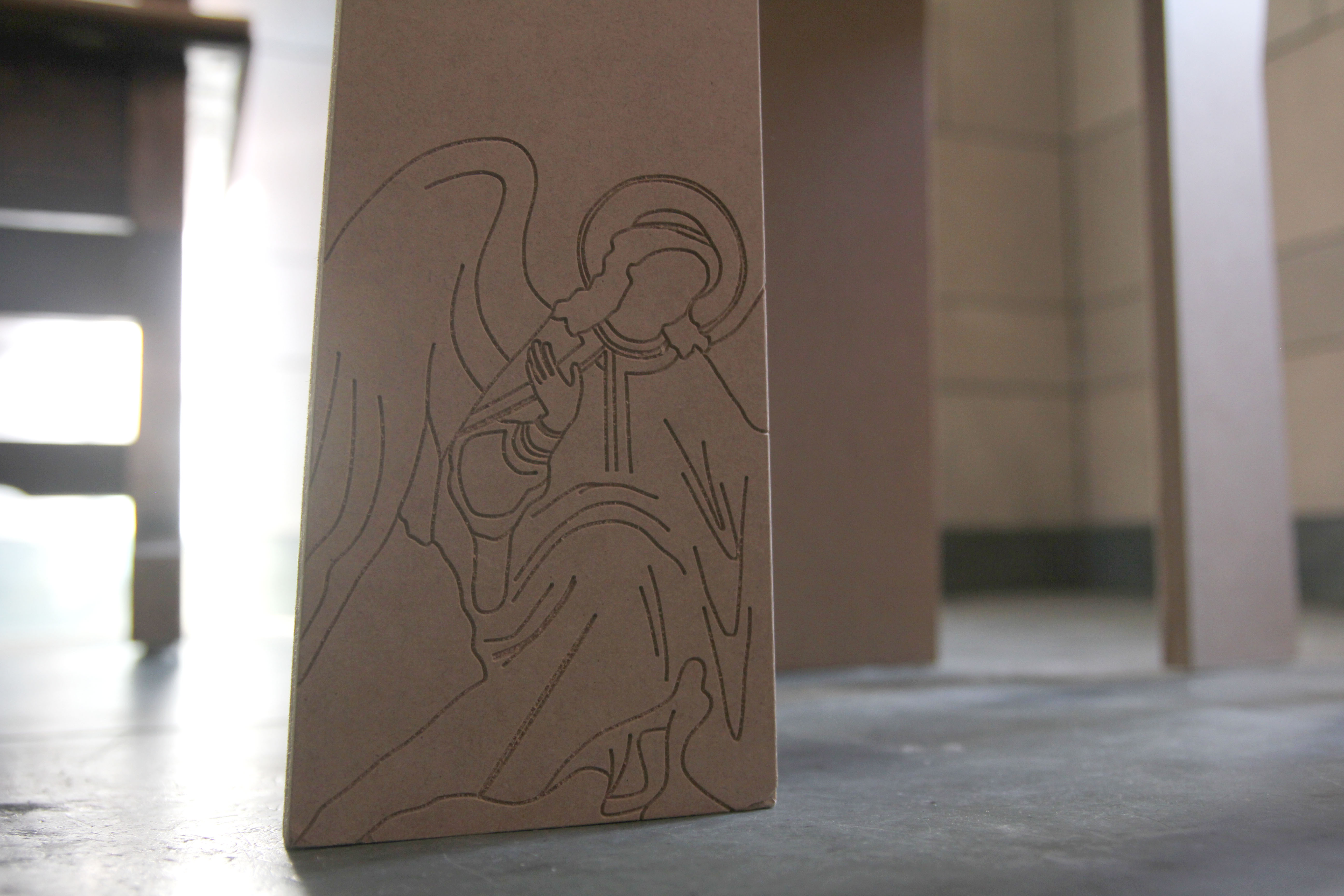

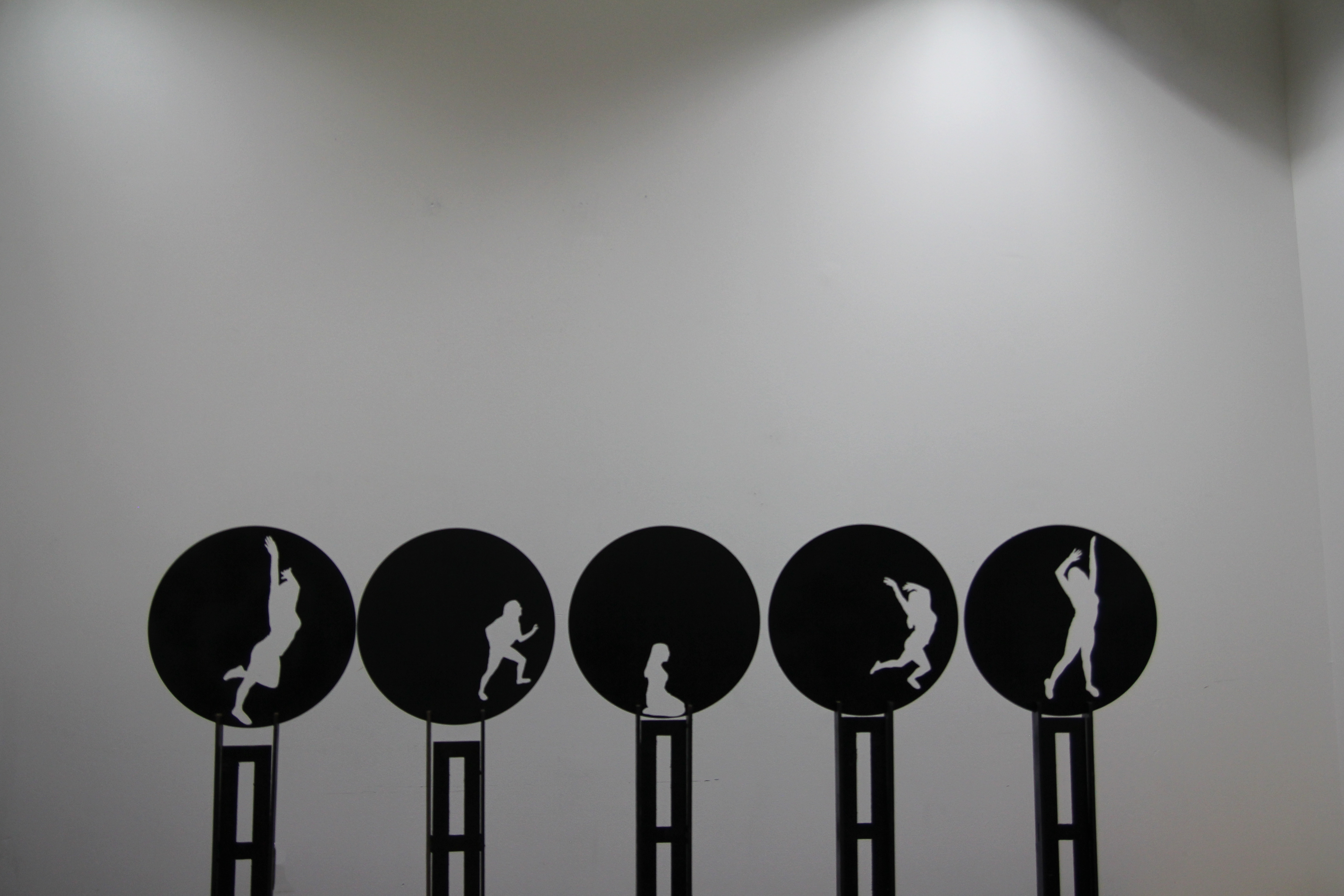
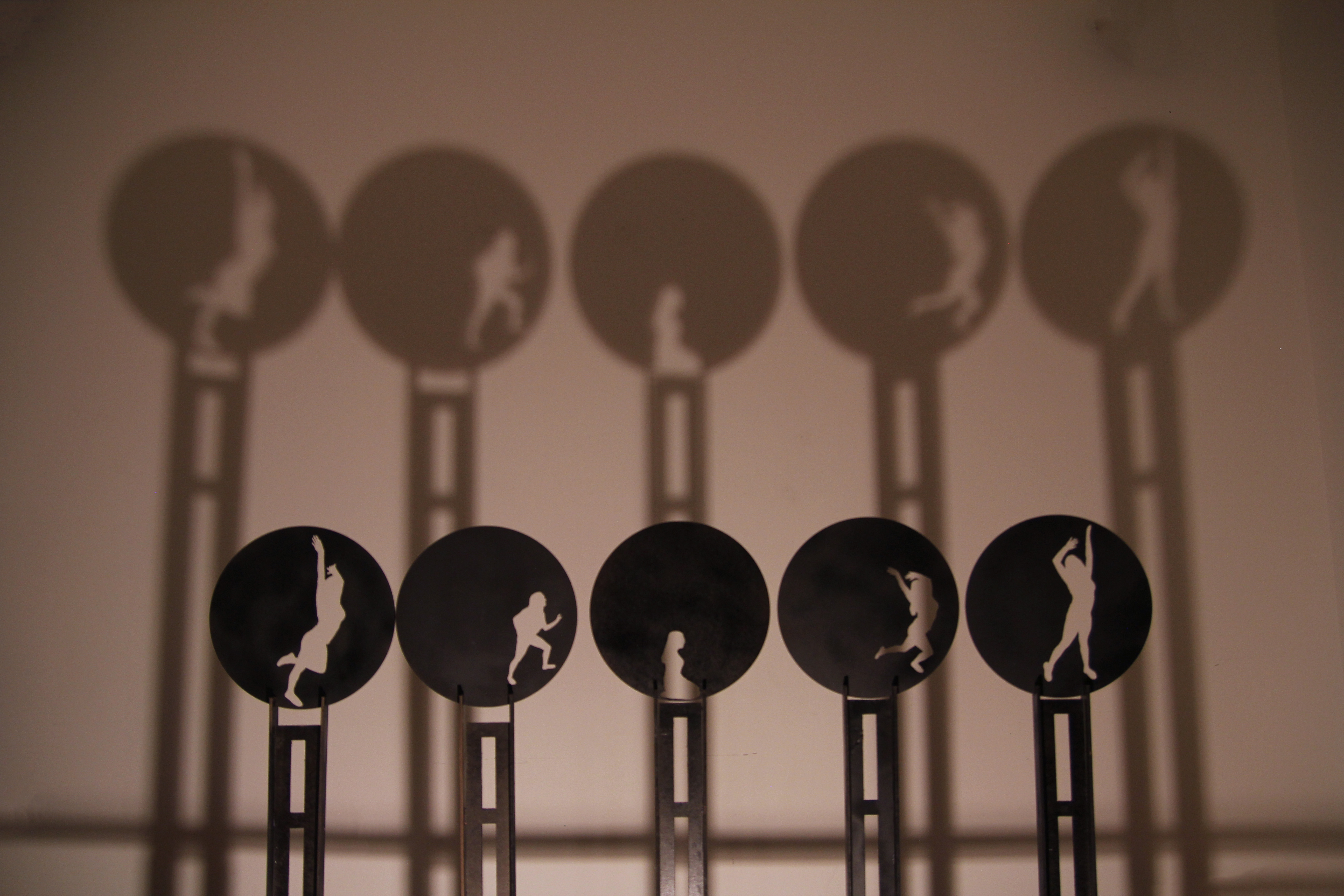
Disillusion was inspired by the poem Shrinking Women by Lily Myers.
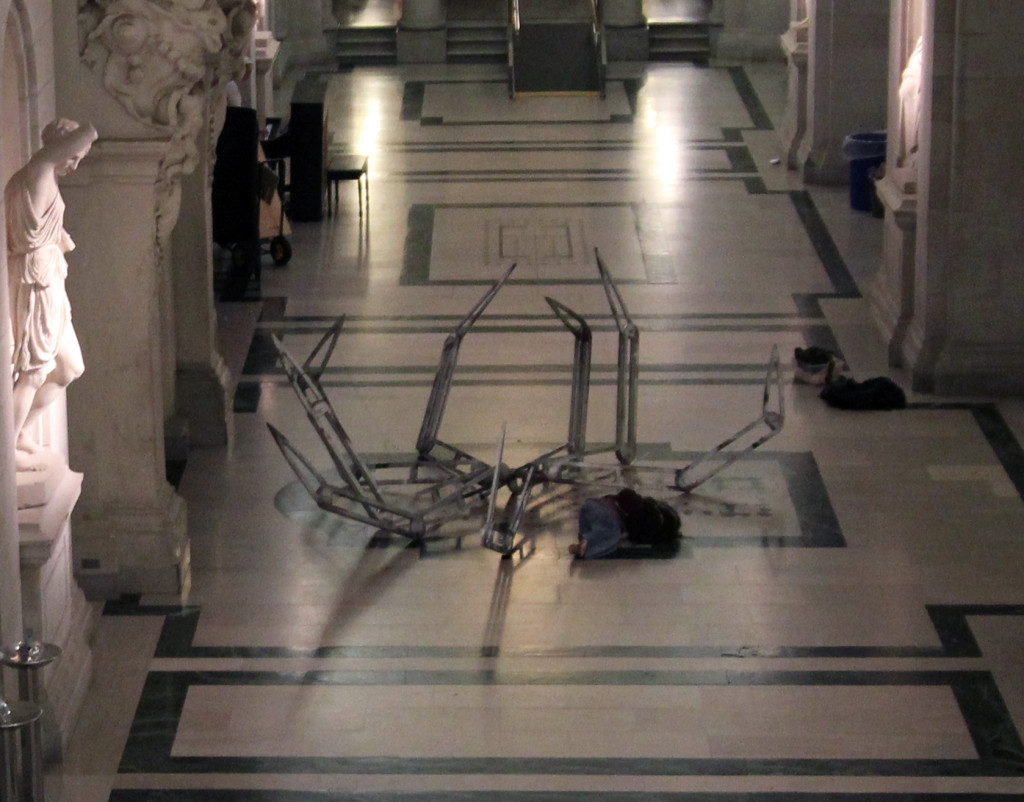
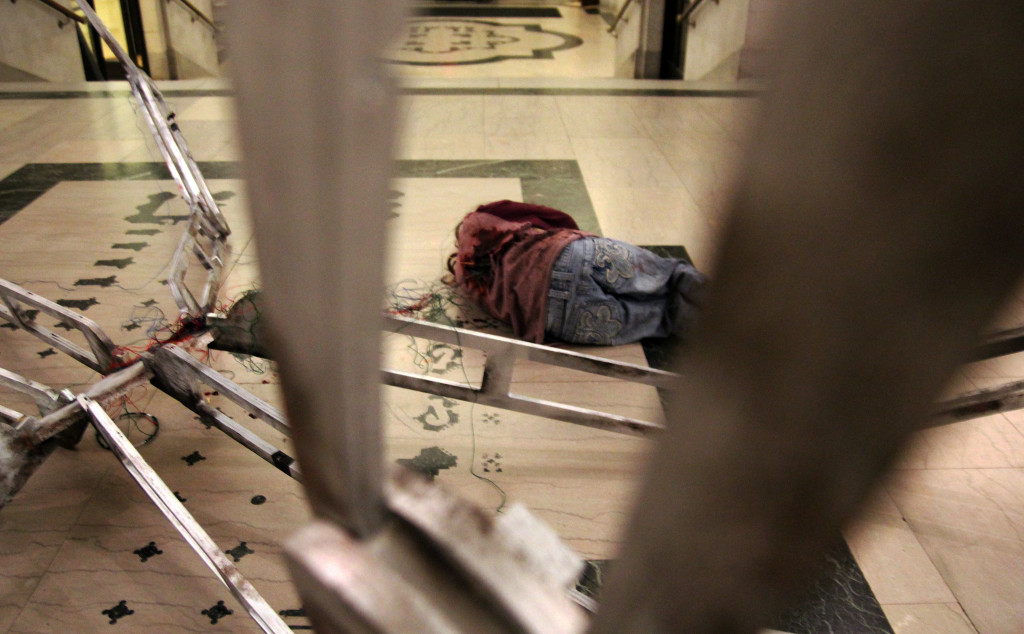
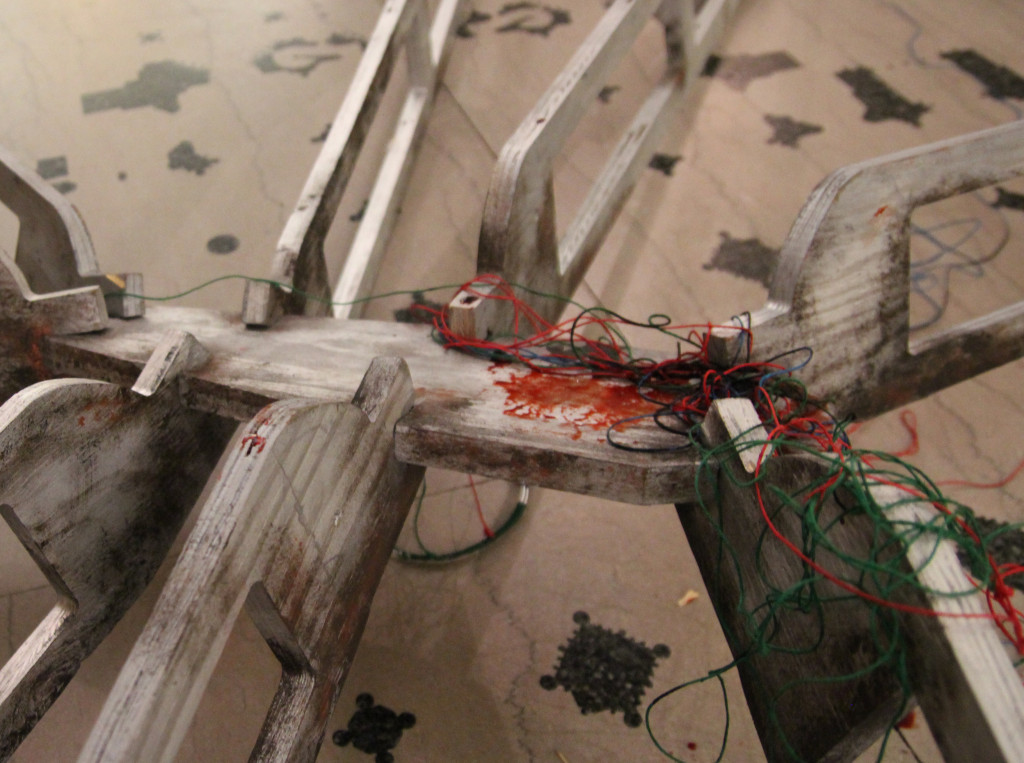
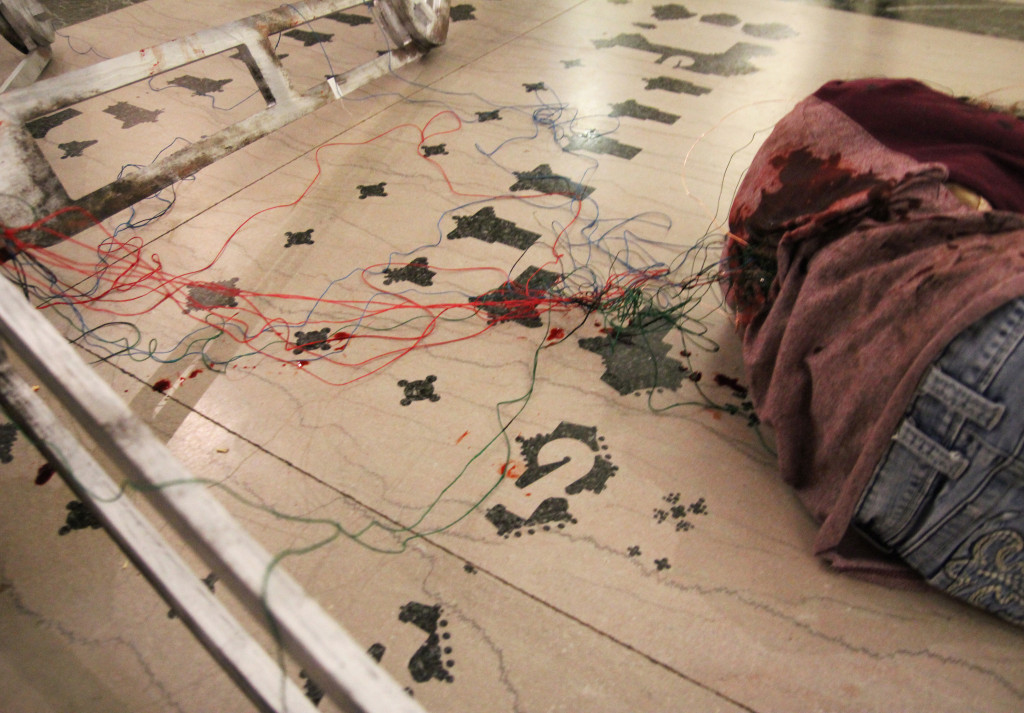

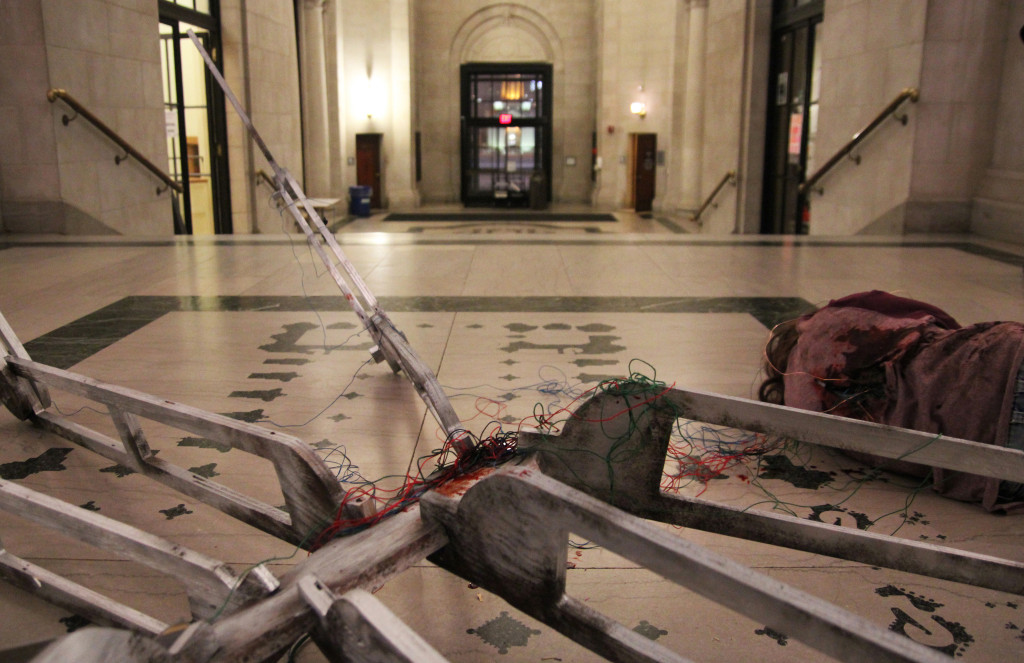
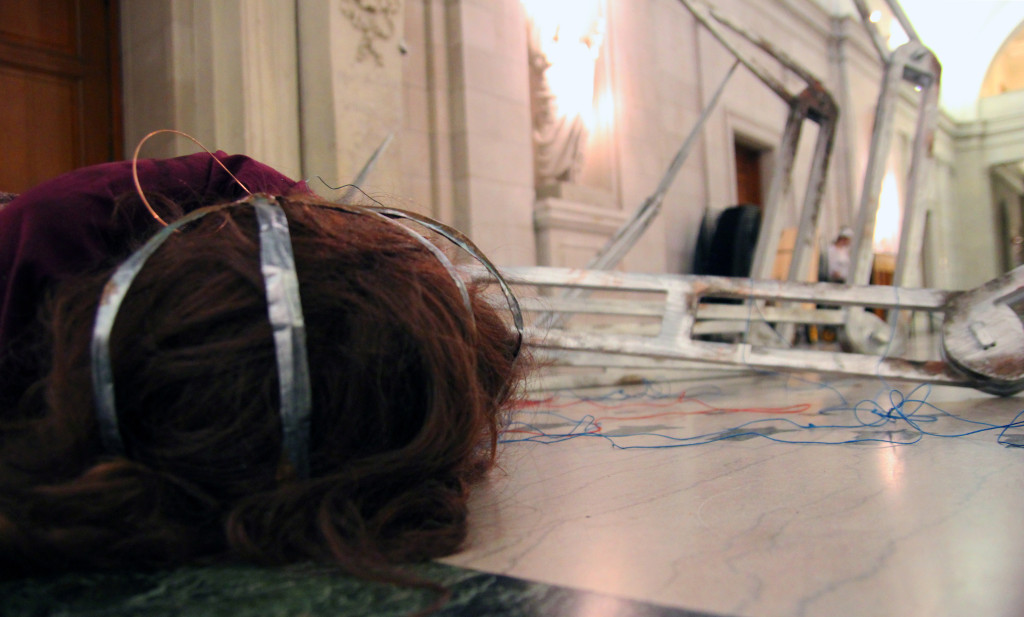
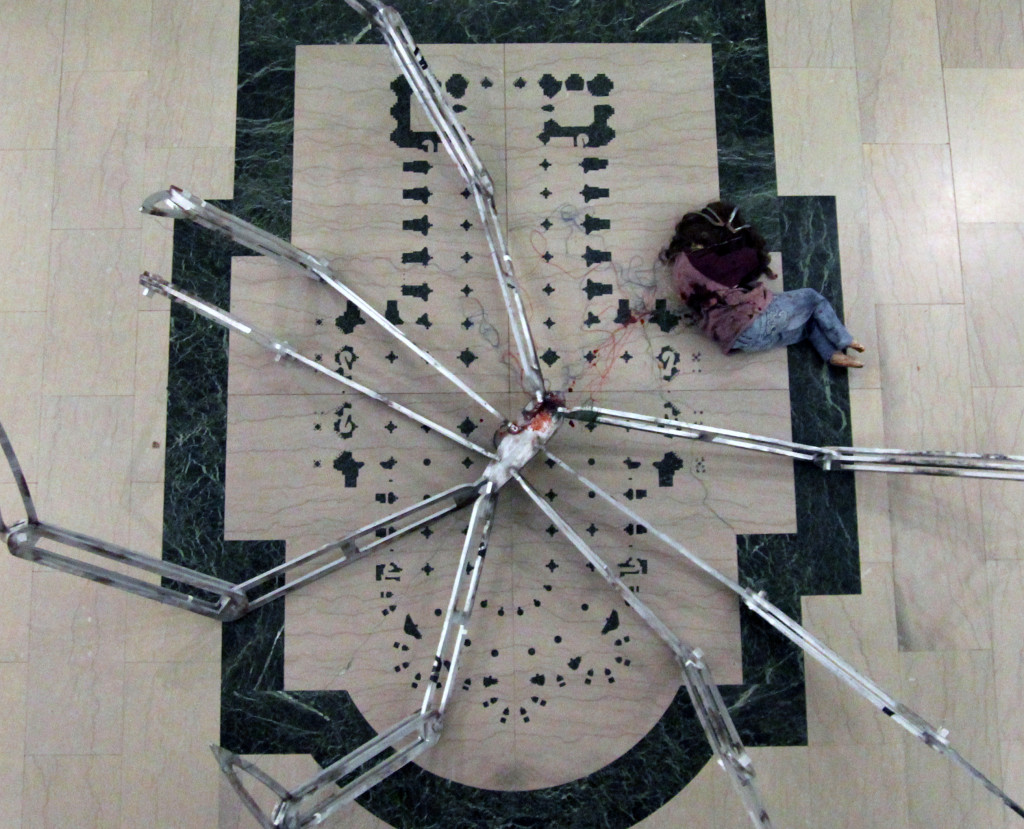
“The Widow” conveys a scene set in the distant future in which humans must adapt to survive in the harsh polluted world. At birth, these future humans are fitted with neural receptive spider limbs that aid them in crossing rough terrain unharmed. But like these physical adaptions, the future humans are also mentally superior, so much so that younger people are starting to fully understand their startling reality, and suicide is becoming more and more common in younger children. “The Widow” showcases a typical future suicide case in which this young girl attempted to dig her spider limbs out of her back in order to feel the freedom of walking unaided at least once before passing.
I would like to thank everyone that helped me in the (often time consuming) process of moving, setting up, and disposing of my piece.

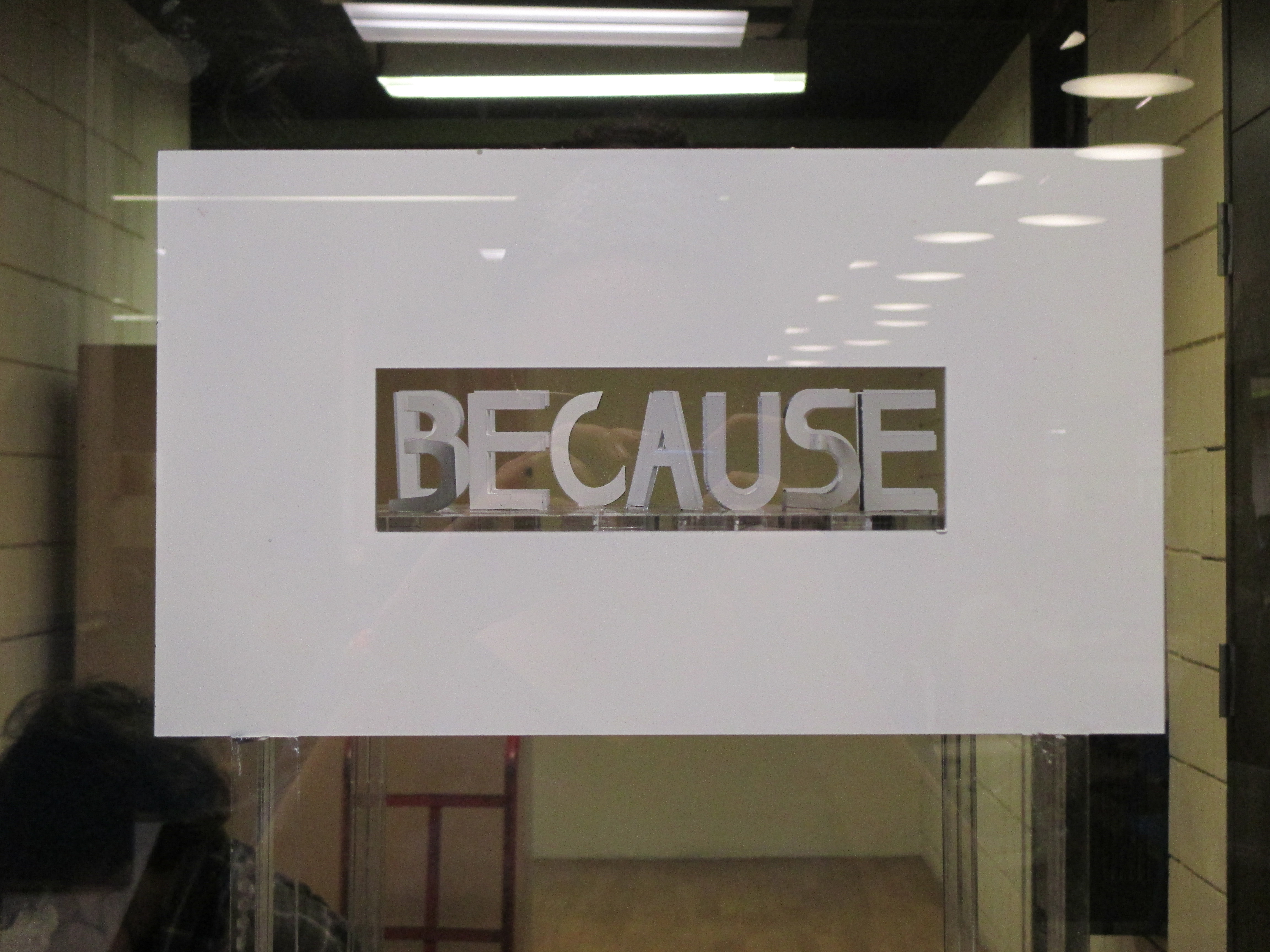
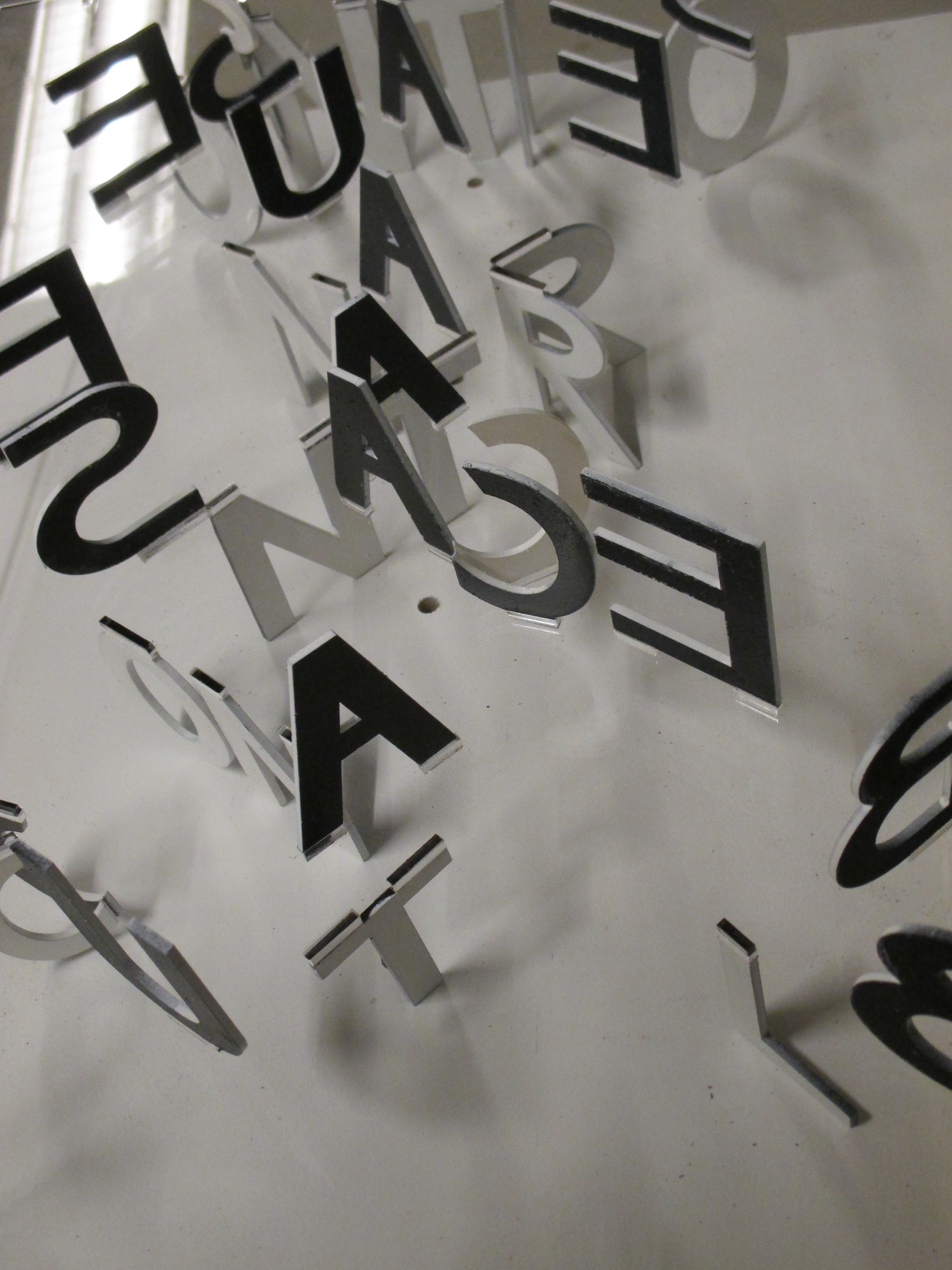


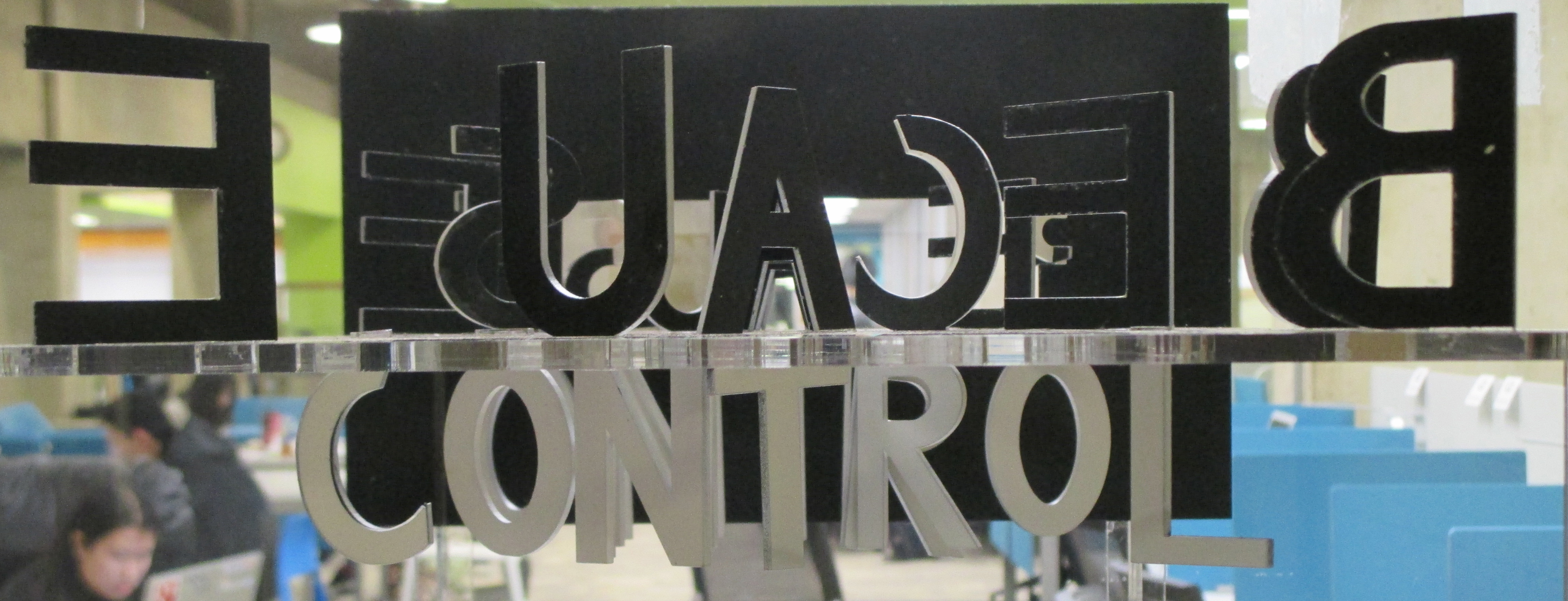
“Unreasonable Reasons” was inspired by a psychology experiment in which the word “because” was shown to have the power to persuade people even when paired with an unreasonable reason, in tandem with the prompt “instrument of persuasion.” The word “because” is displayed behind a glass window in a library, where people tend to trust in words and take them at face value. If the viewer is to see the rest of the piece, it is necessary to walk a long and roundabout path to reach the other side of the glass. Even then, it is difficult to comprehend all of what the words which appear from other angles mean, or even to see some of them in the first place. Most viewers would likely not choose, or even think, to make the trip, and those who did would quite possibly not see the full message. This arrangement is a metaphor for the way such commonplace persuasive words are treated. Many people do not realize their impact, and those who are told (including myself, on occasion) often think on the notion briefly and then proceed to treat words as they always have, rather than putting in the effort to comprehend the full impact of the ability to persuade with unreasonable reasons. The side views, which are most difficult to read, say “but we want a reason” and “to be unreasonable;” the back reads “control,” which was eerily enough the word which resulted from the letters in the side phrases that were not in “because” (with the exception of w, which I eventually transformed into a C/W hybrid). Control fits as a culminative phrase, however, because the piece is about the control words have over how we think, to the extent that we don’t even think about or realize that control.
A thank you to Ben for helping me set up the piece for photos, to Ali for helping me find the pedestal, and to the various people whose names I don’t know who held doors for me while I was transporting this piece.

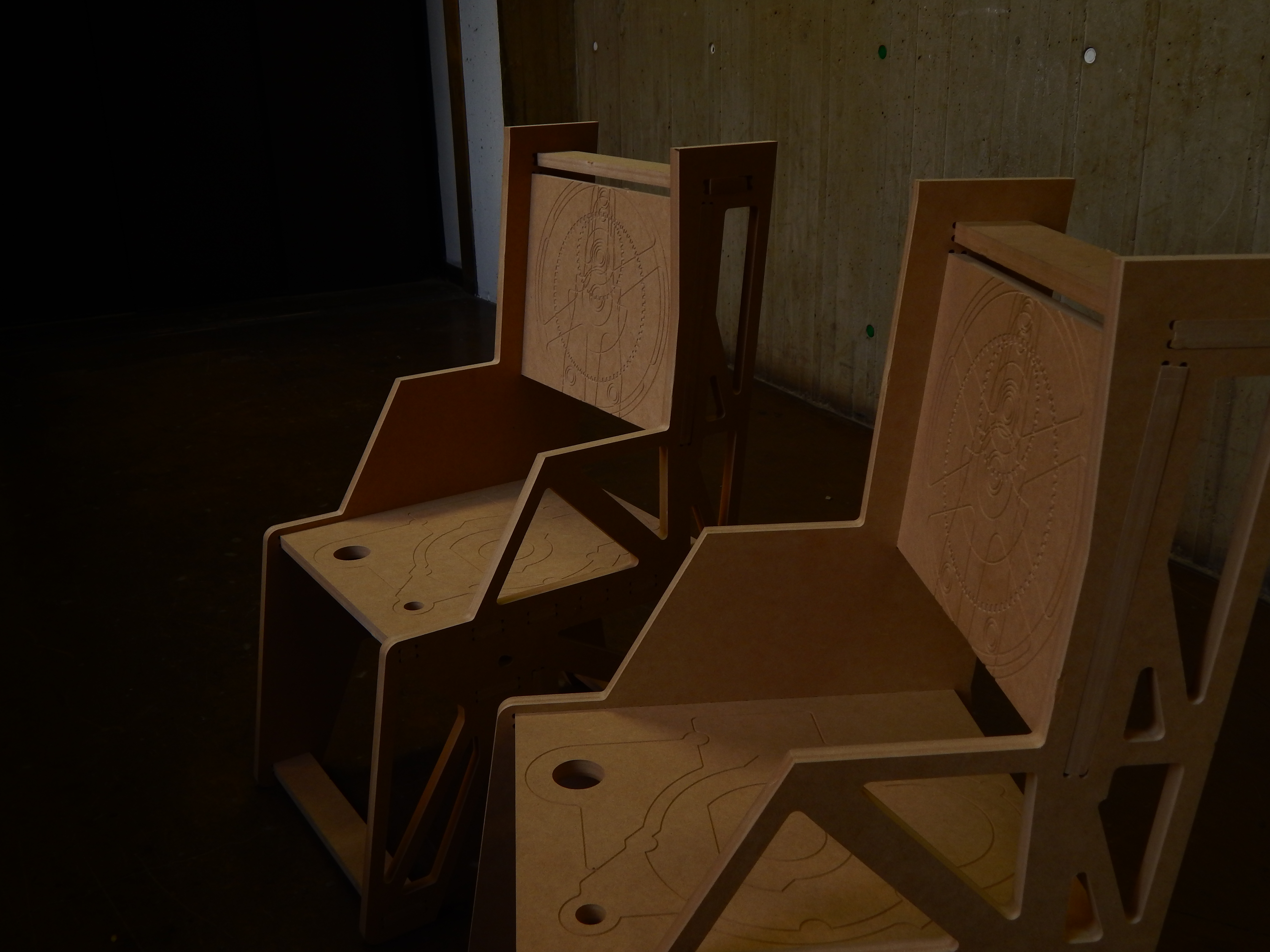
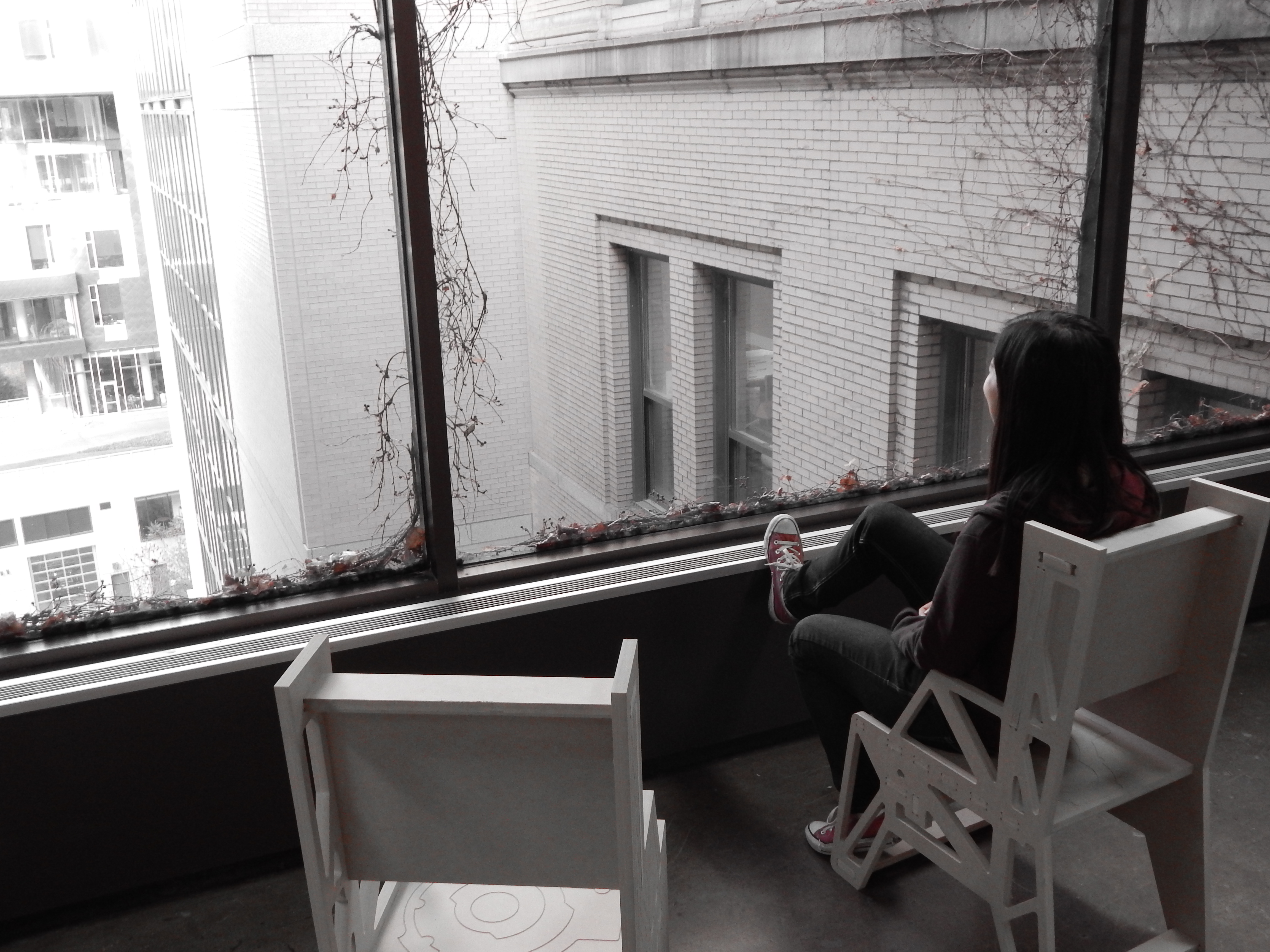
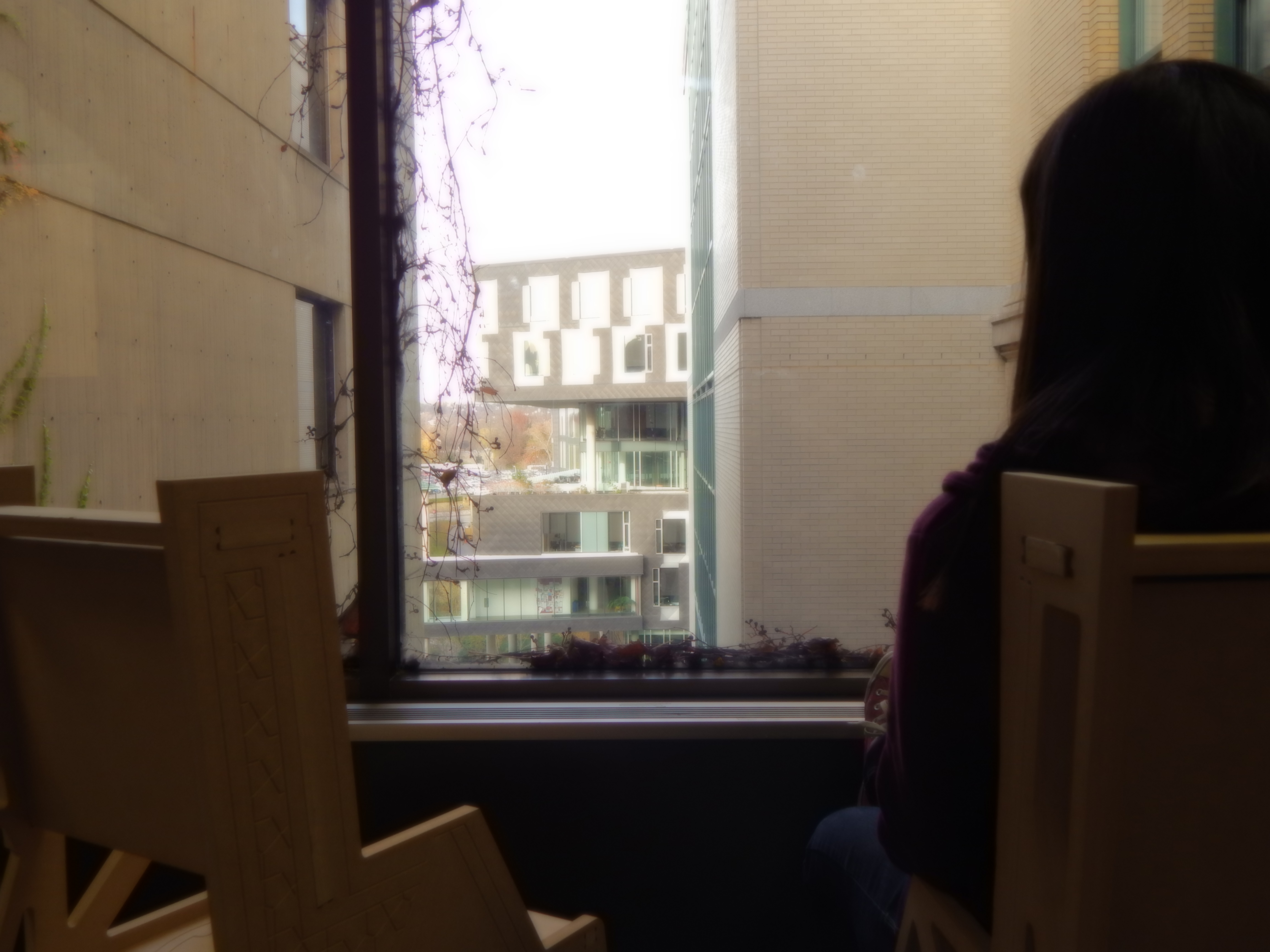
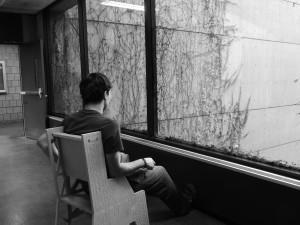
The conversation between the occupants of these two chairs is one between rationality and creativity. One side is the functional and efficient end of an engineering discipline, while the other is the creative side. In addition to being a conversation between two people, it also provokes the notion of a conversation between two sides of a cognitive approach: Being as the collaboration between the left and right brain created the chair, it would only follow that the conversation it prompts would be between the two approaches. The chairs are identical (as a testament to the process), however, when placed adjacently, the opposite sides face each other, in both a collaboration between the left and right sides of the chairs, and the people who sit in them. The cross sections which support the person are real examples of engineering drawings which are also beautiful, as to suggest that between the extremes, there exists a balance between form and function. The placement also enforces the collaboration between disciplines, being placed between Wean Hall and Doherty: between a building with many Engineering disciplines represented, and the building which holds the art studio that produced these chairs, there is a beautiful mix of architecture and nature, just as there conceptually exists a beautiful mix of thought and expression.
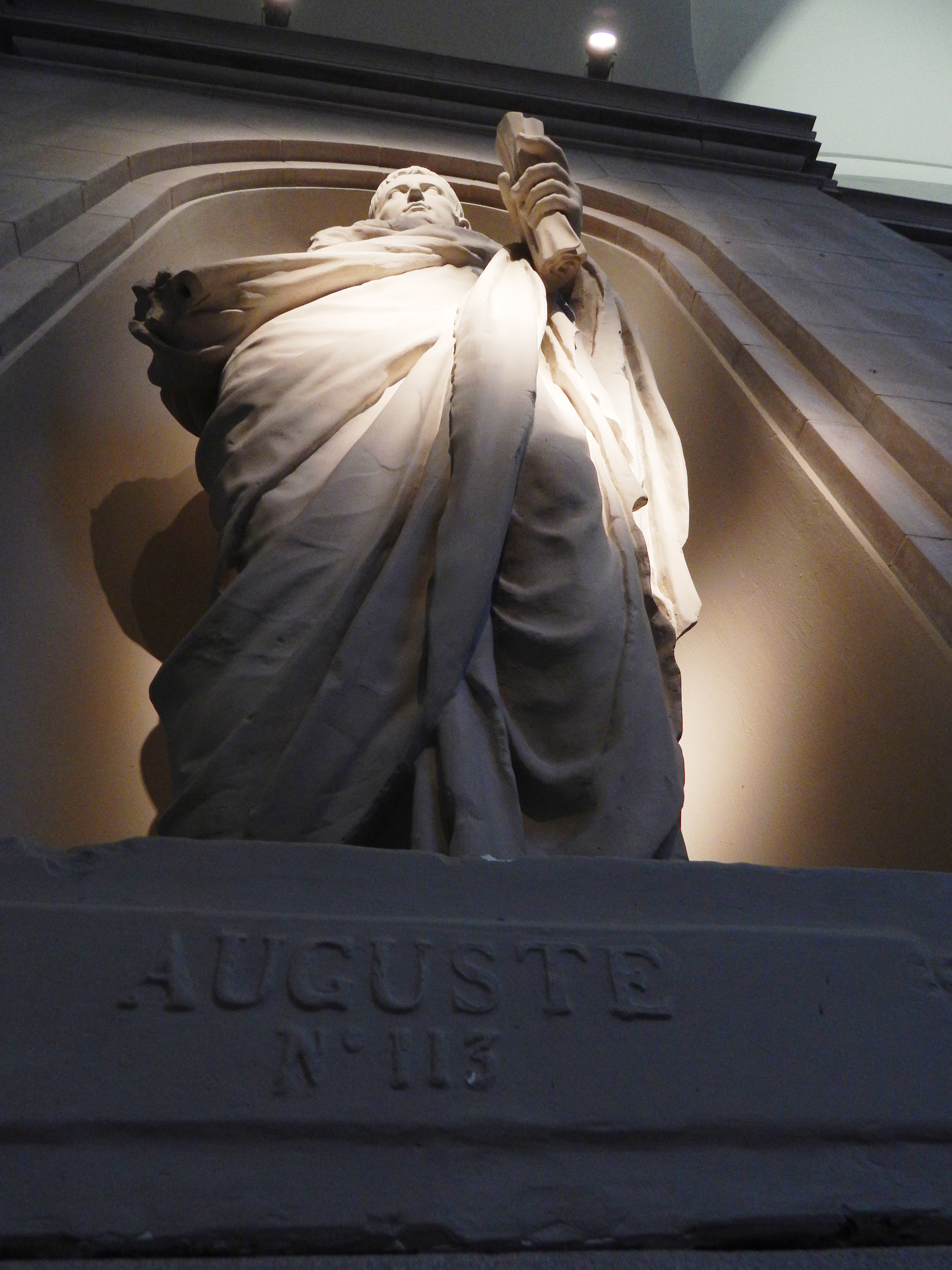
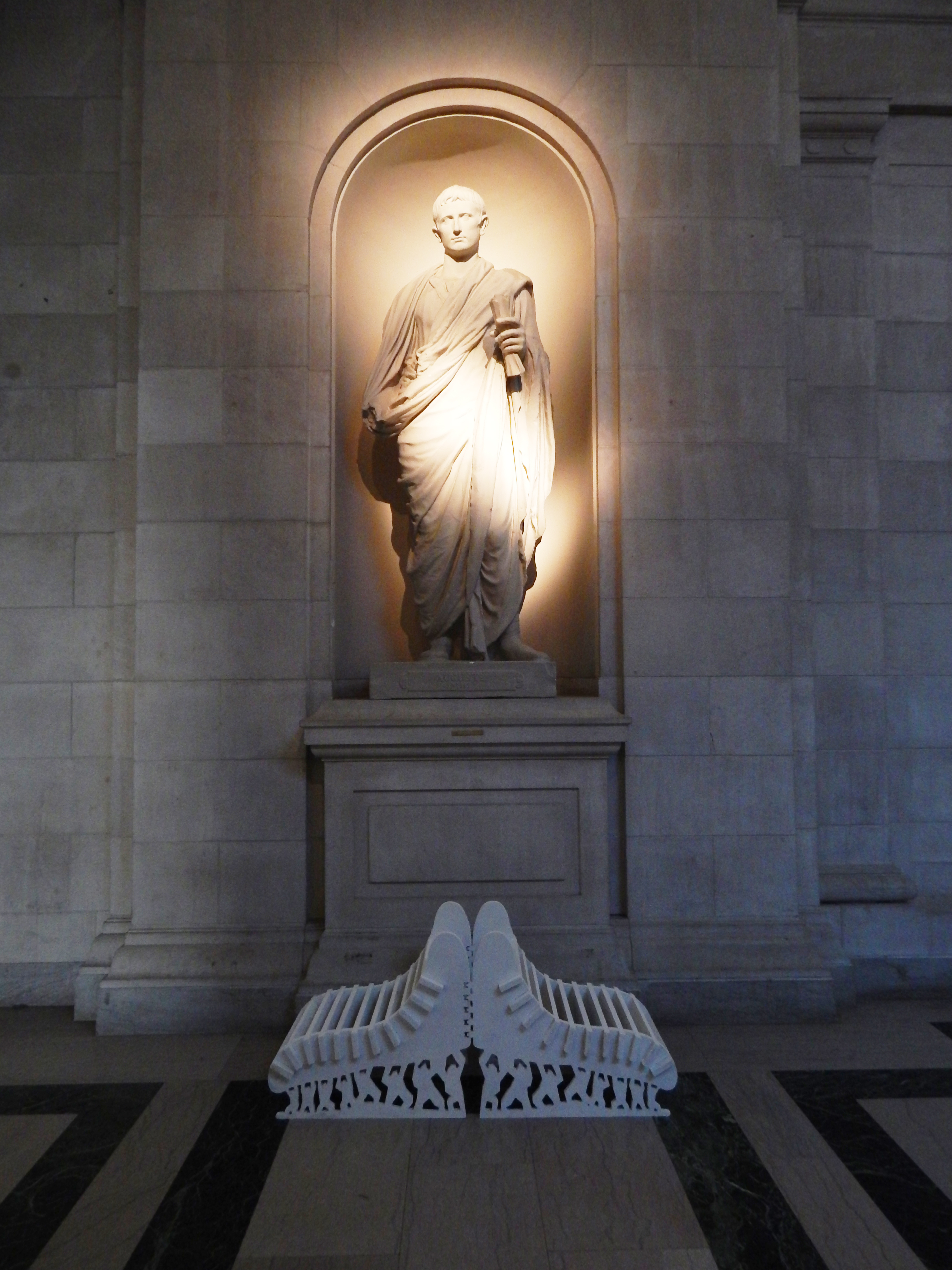
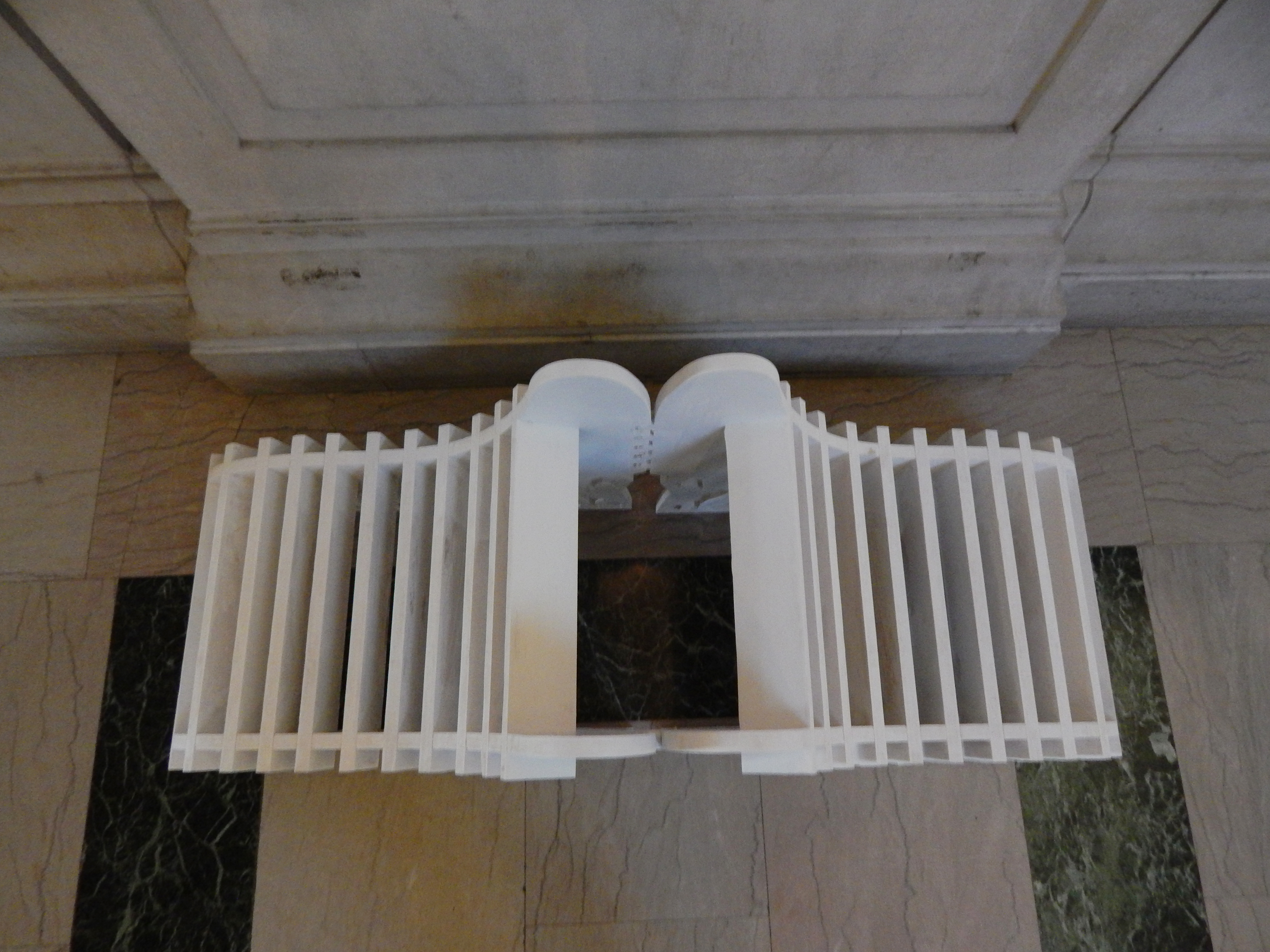
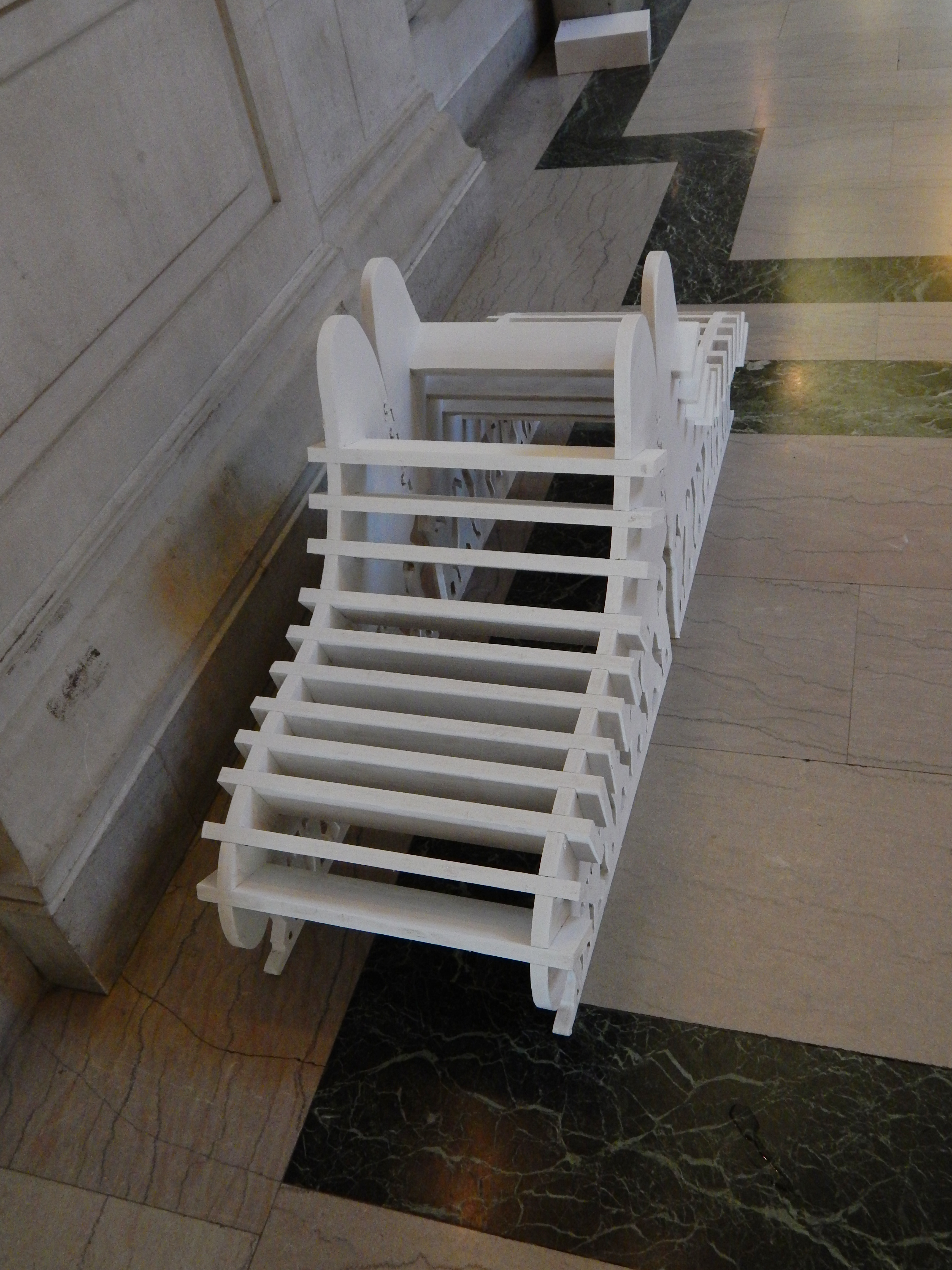
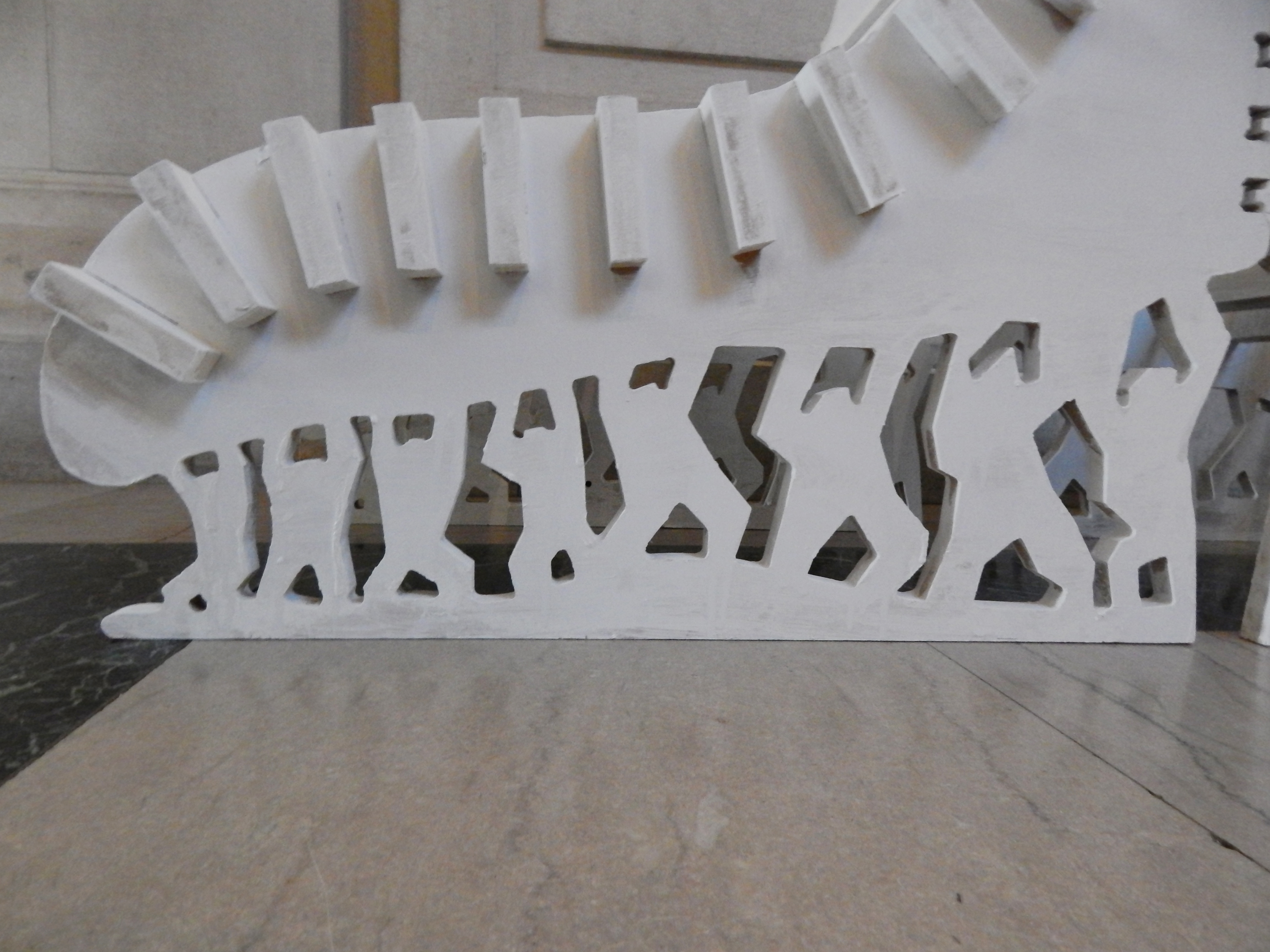
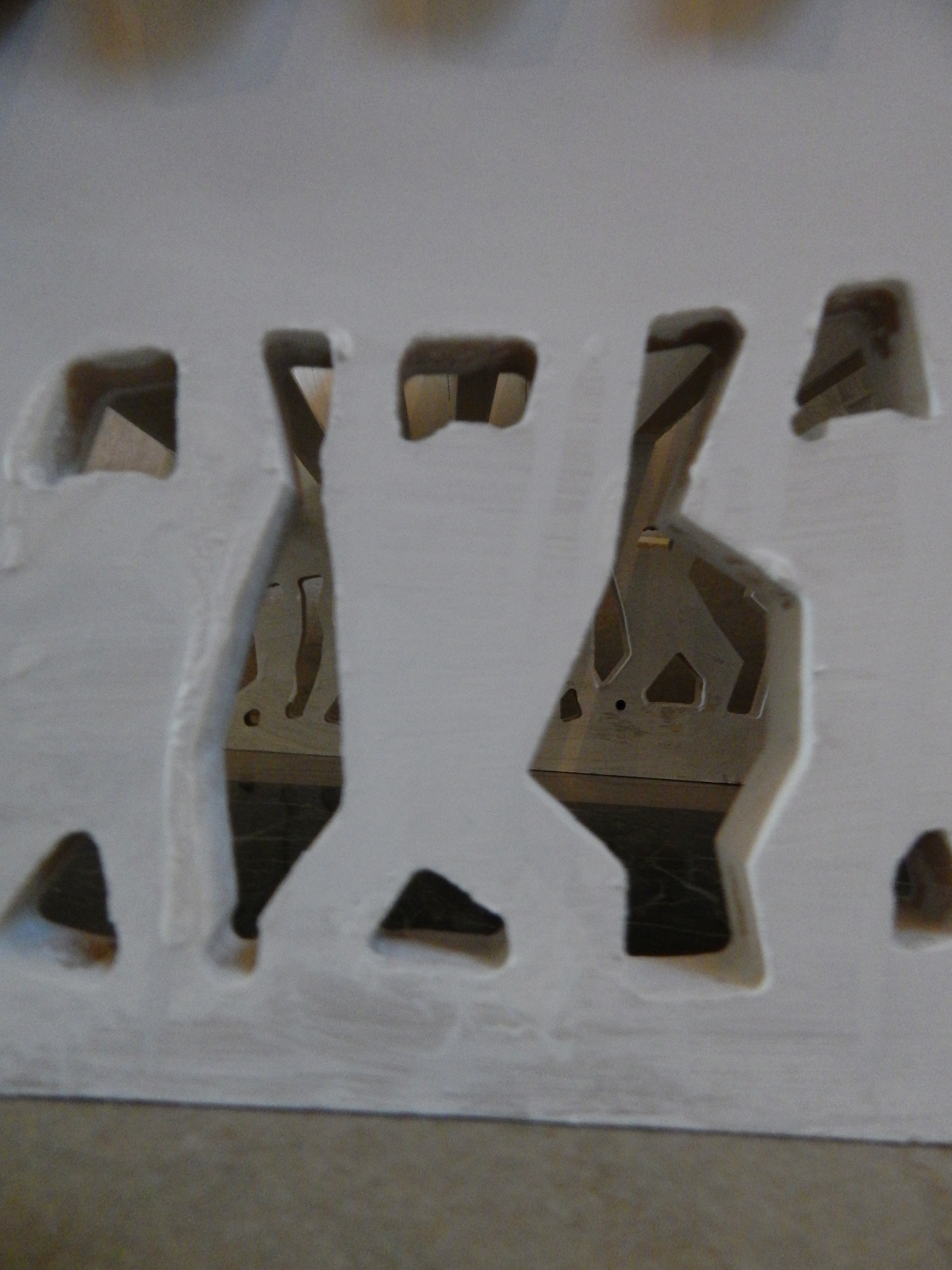
My chair is a conversation between Brutus and Caesar. I wanted to more tell the story of Caesar and Brutus’s friendship. Caesar trusted Brutus, but Brutus betrayed Caesar by stabbing him in the back, literally. I also wanted to show how the mob in the play gave Julius and Brutus the power by holding them up.








“Body Talk” describes an interaction between two dancers. I think that dance represents a form of expressing your thoughts and feelings similar to how a conversation would. I chose the marble floor because it reminded me of the floors in fancy palaces, where they would hold ballroom dances. The reflective surface creates a lightness for the chairs, much like it would for two dancers.
